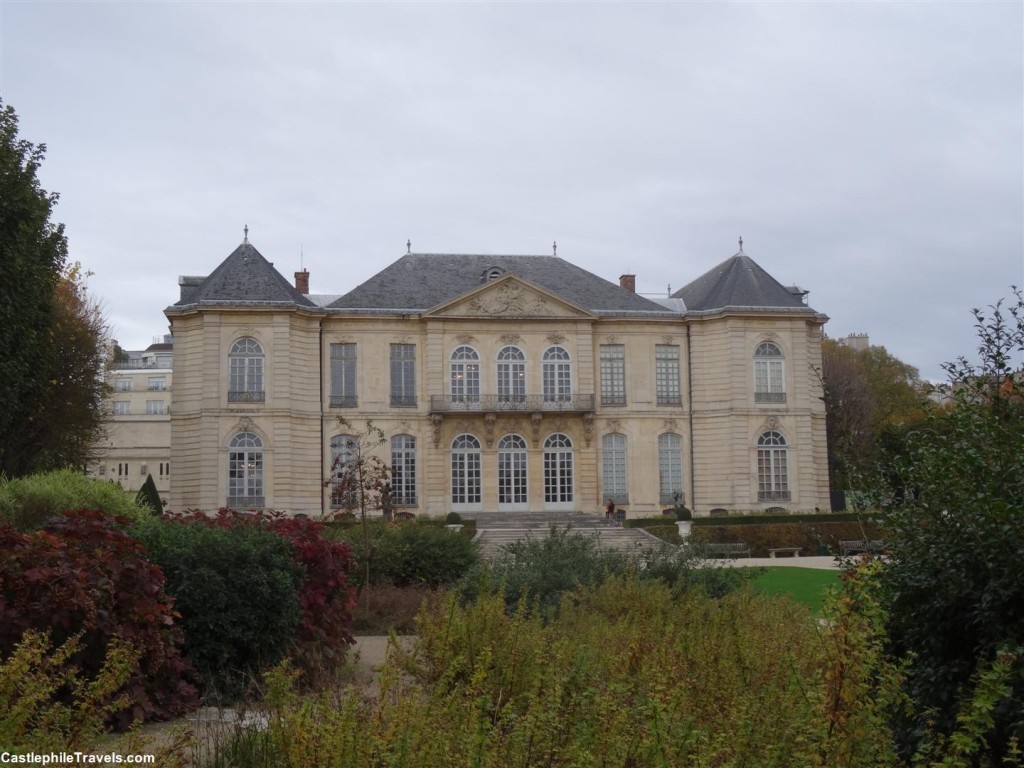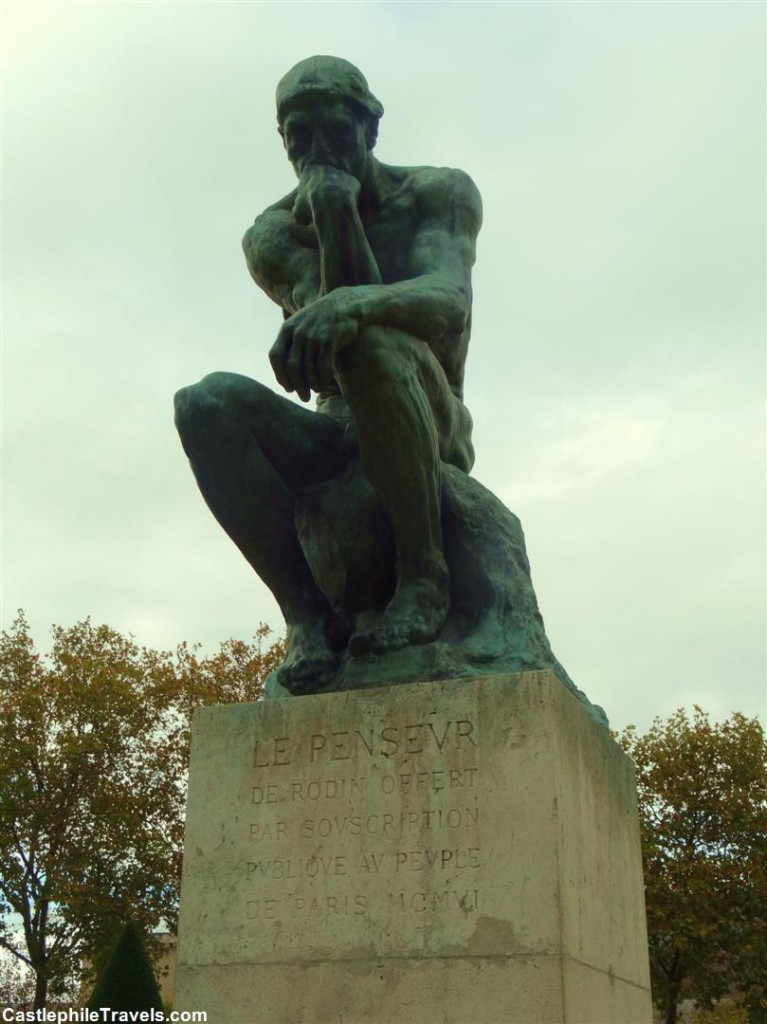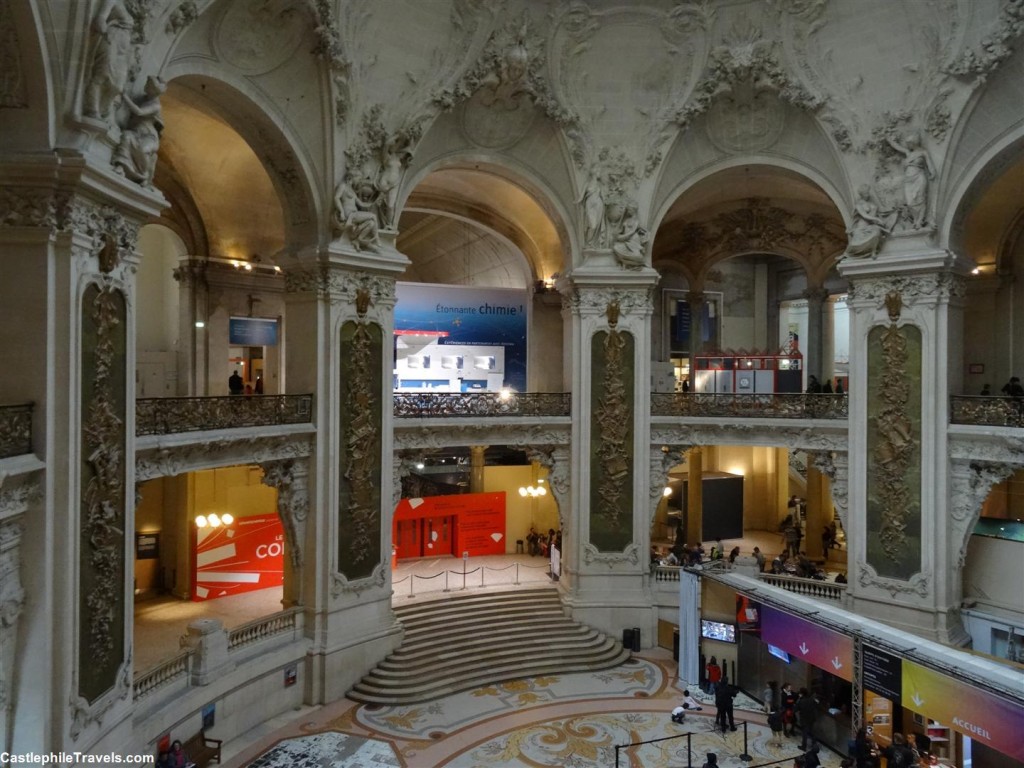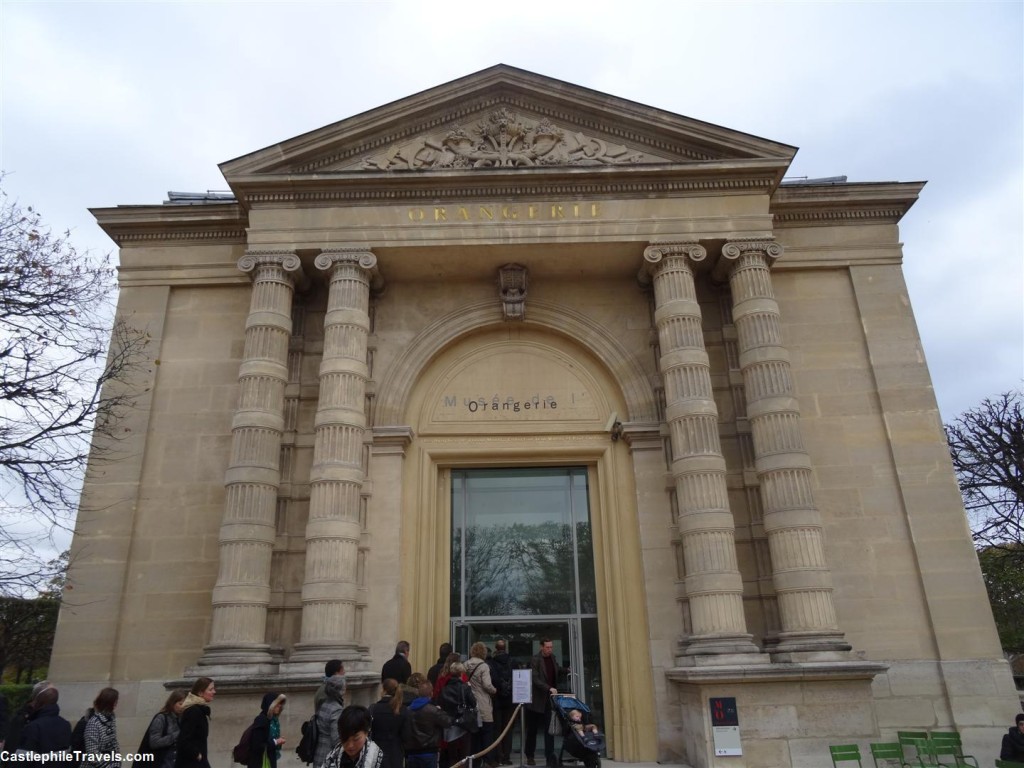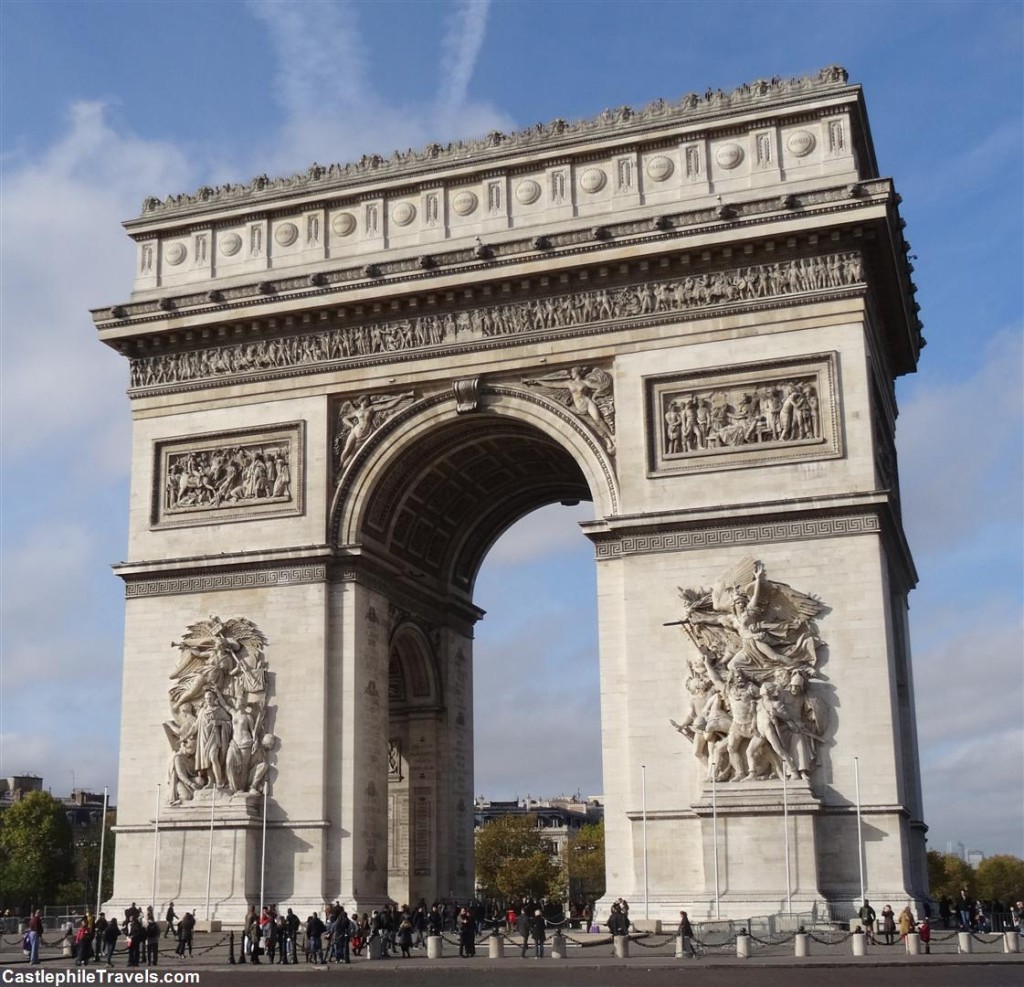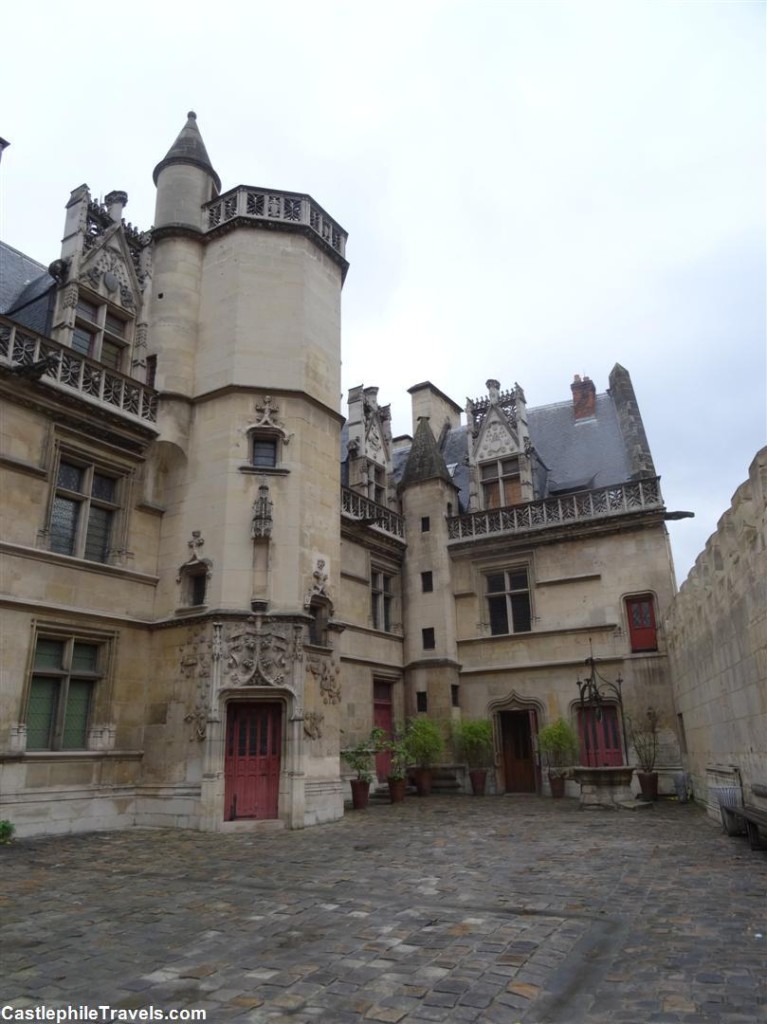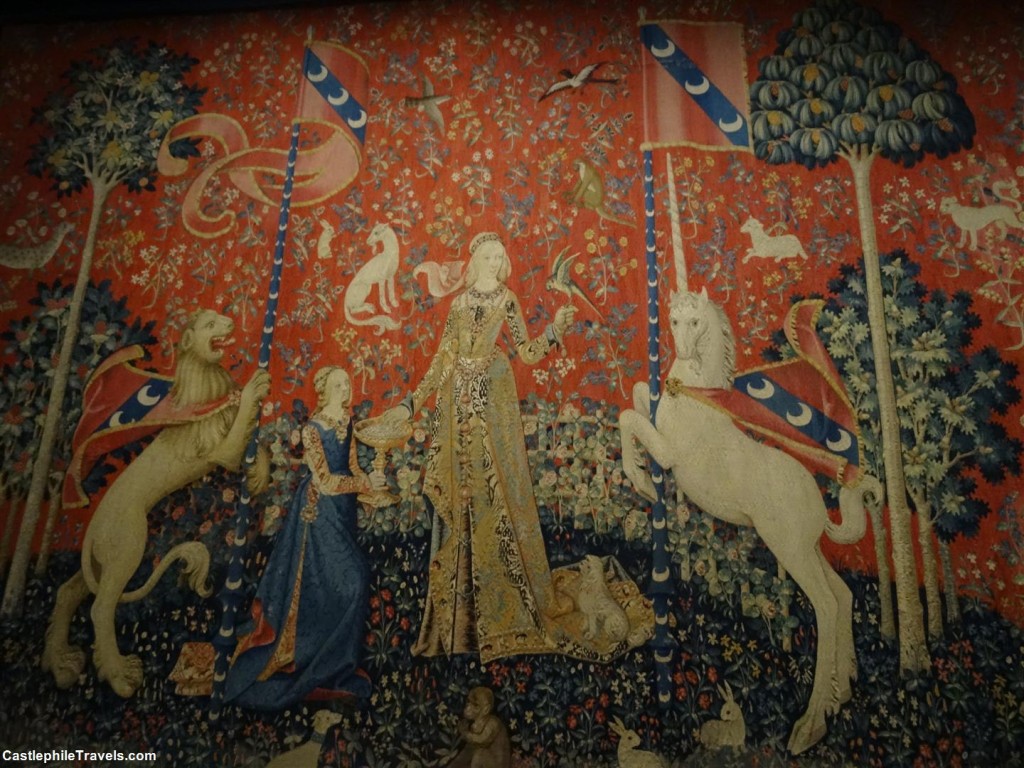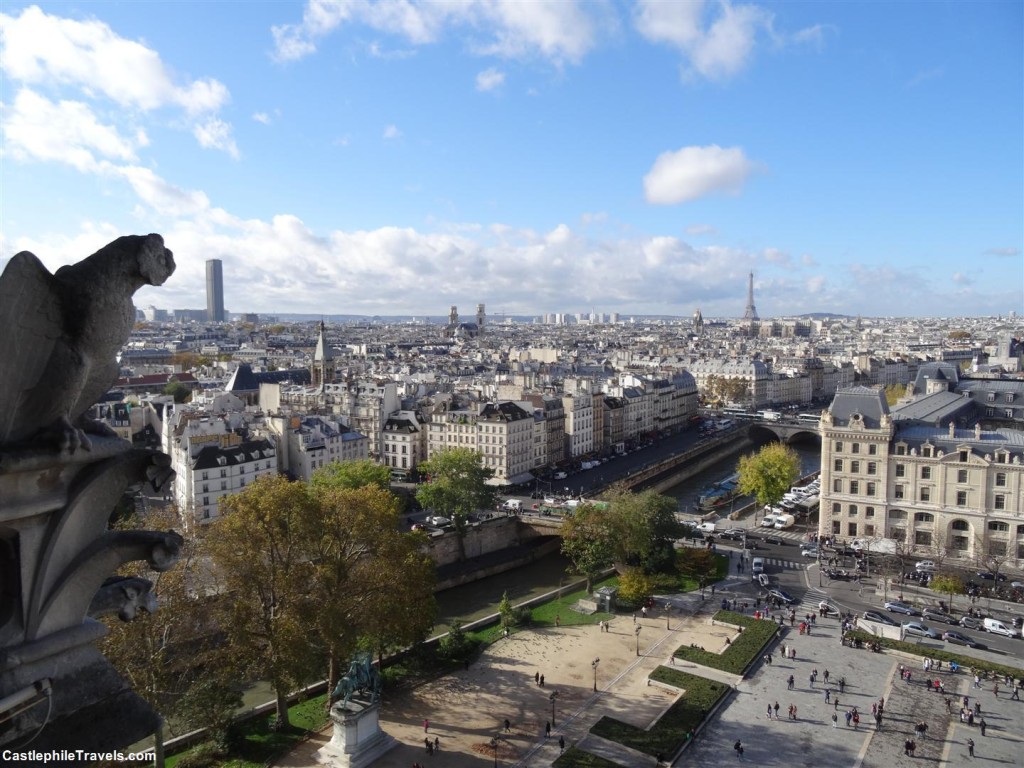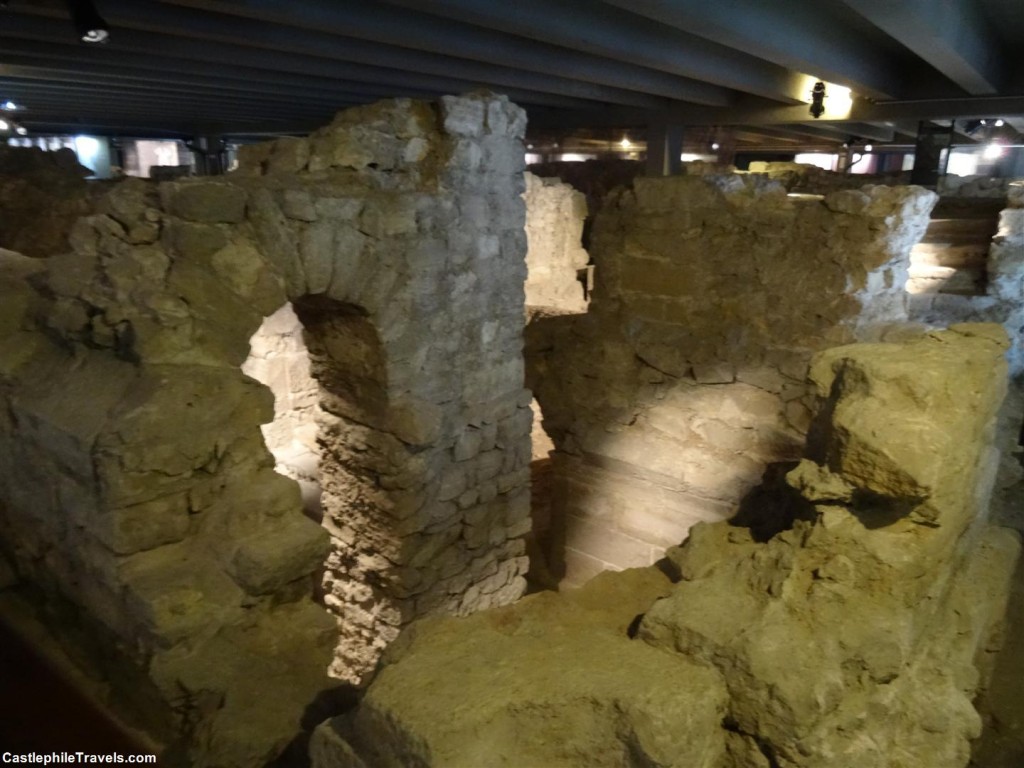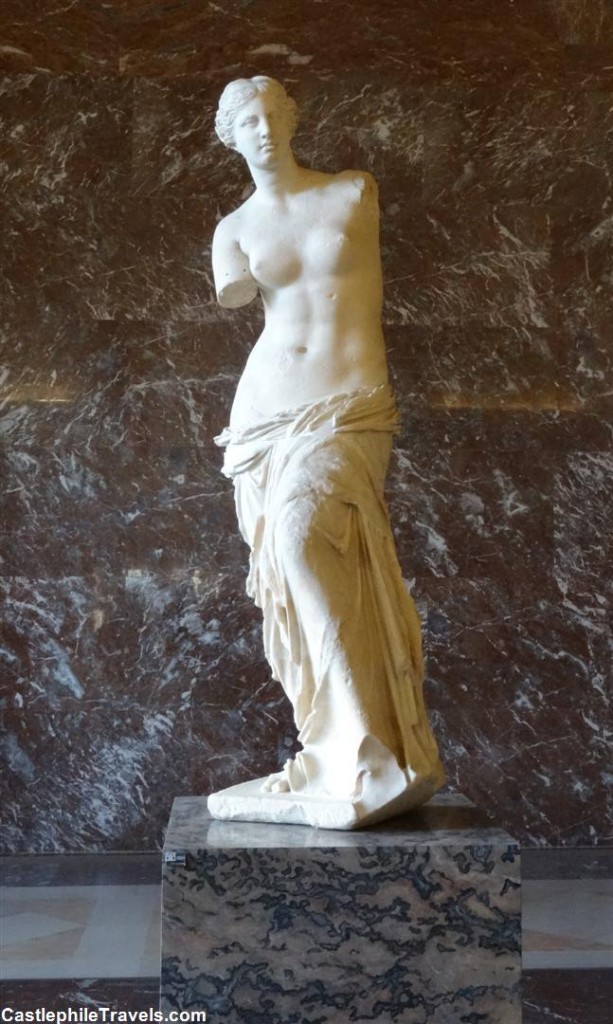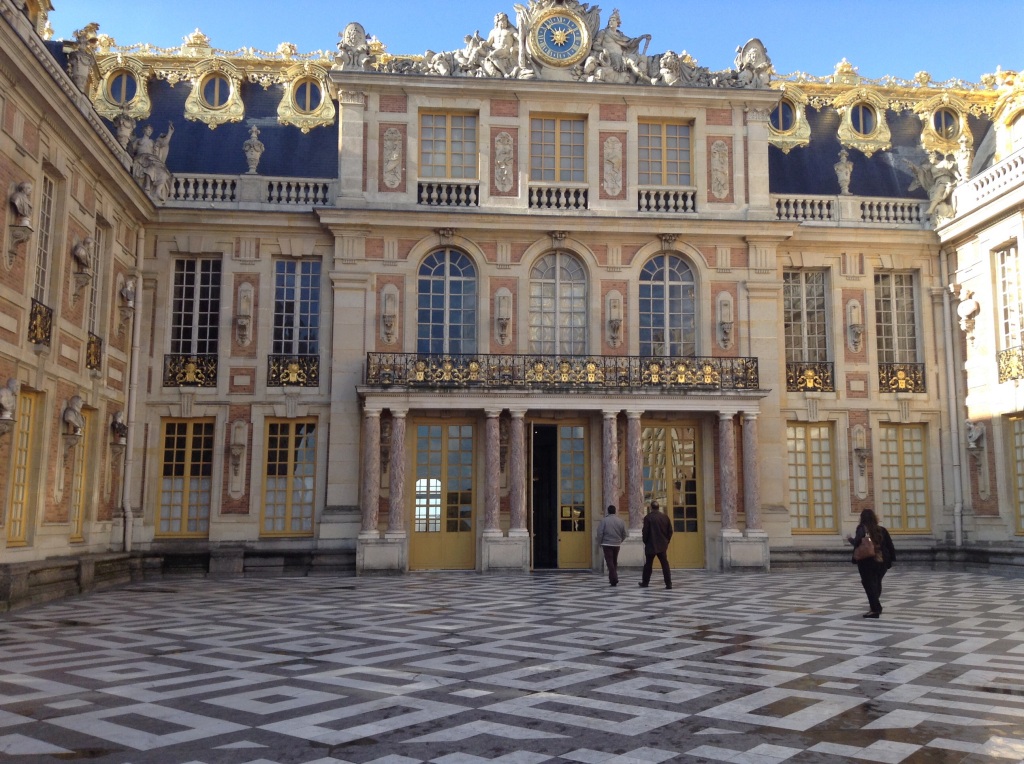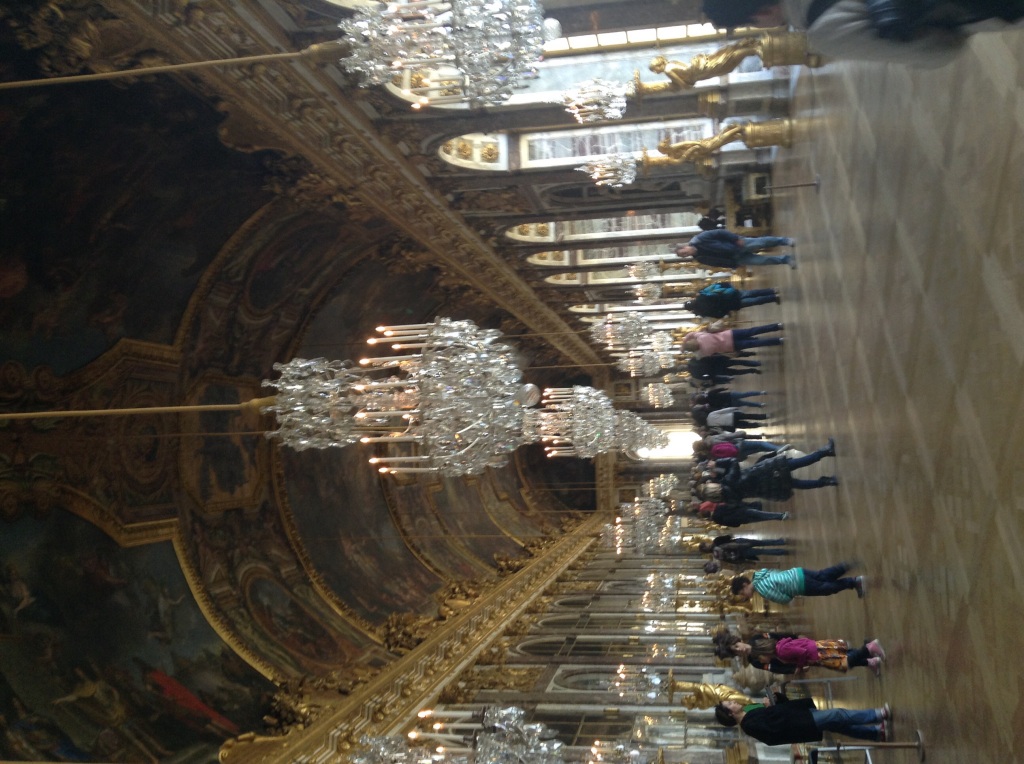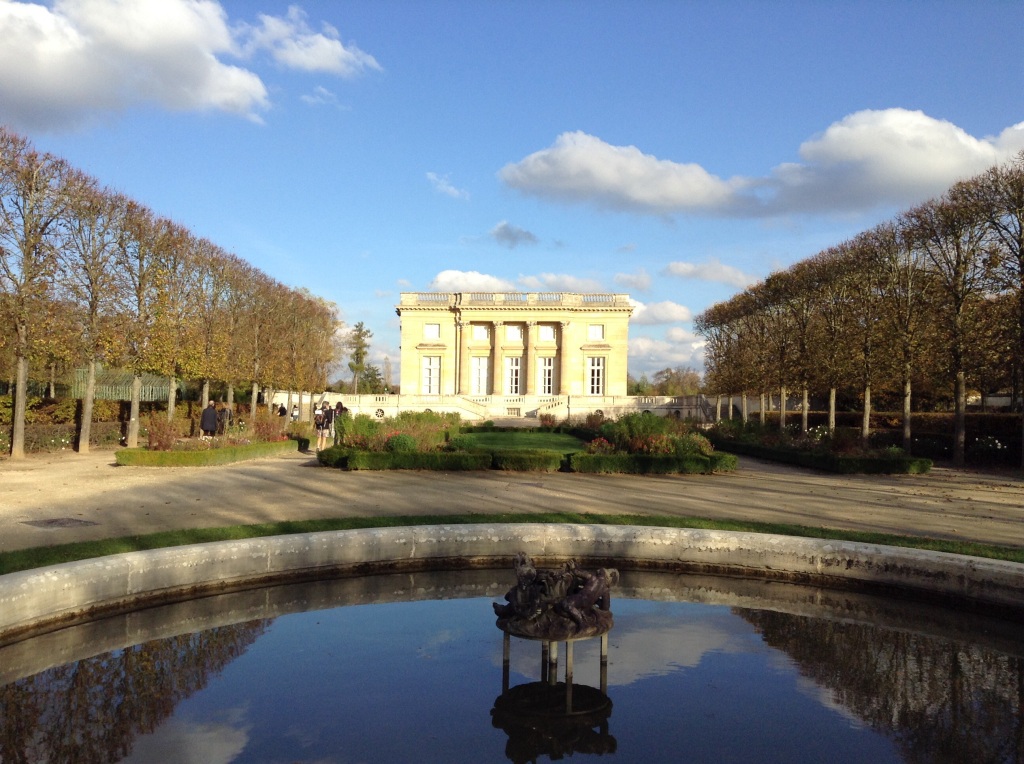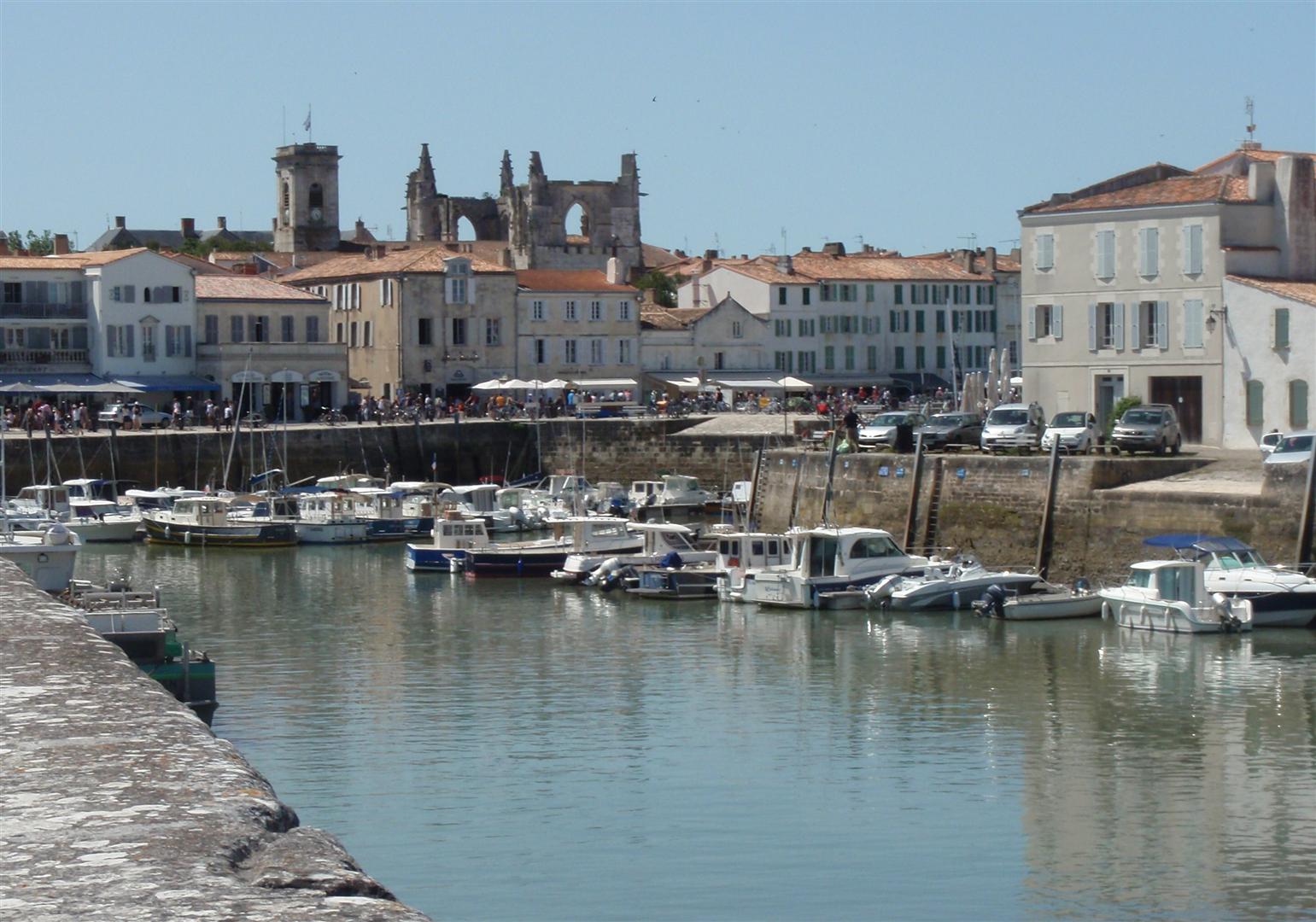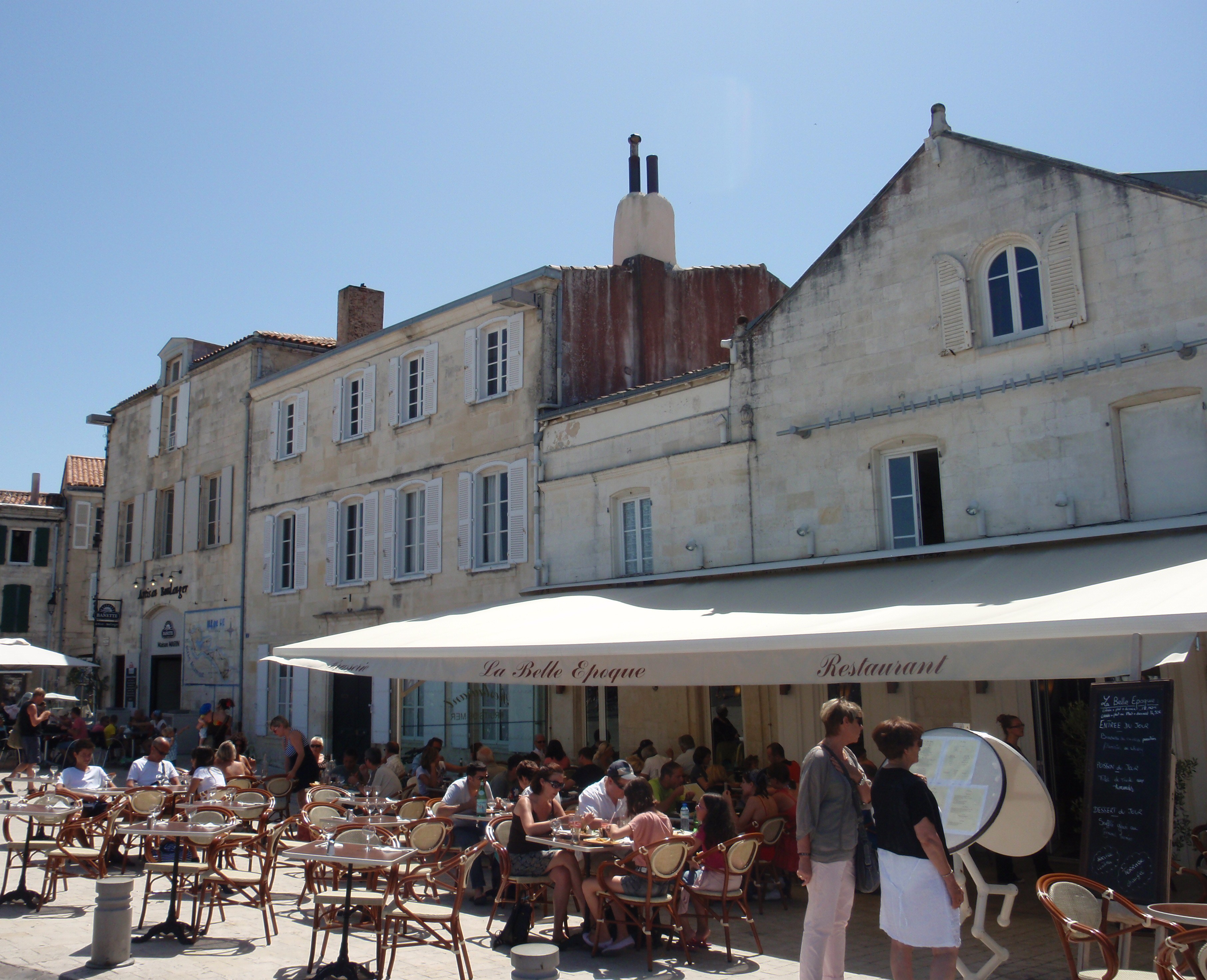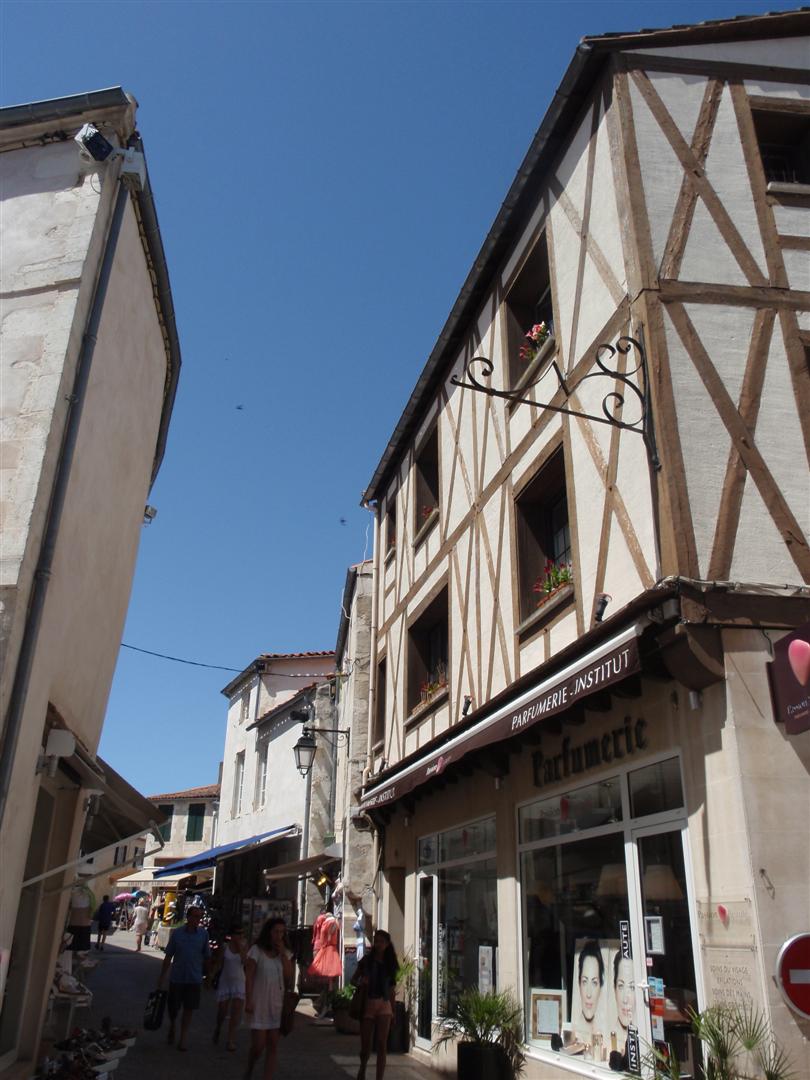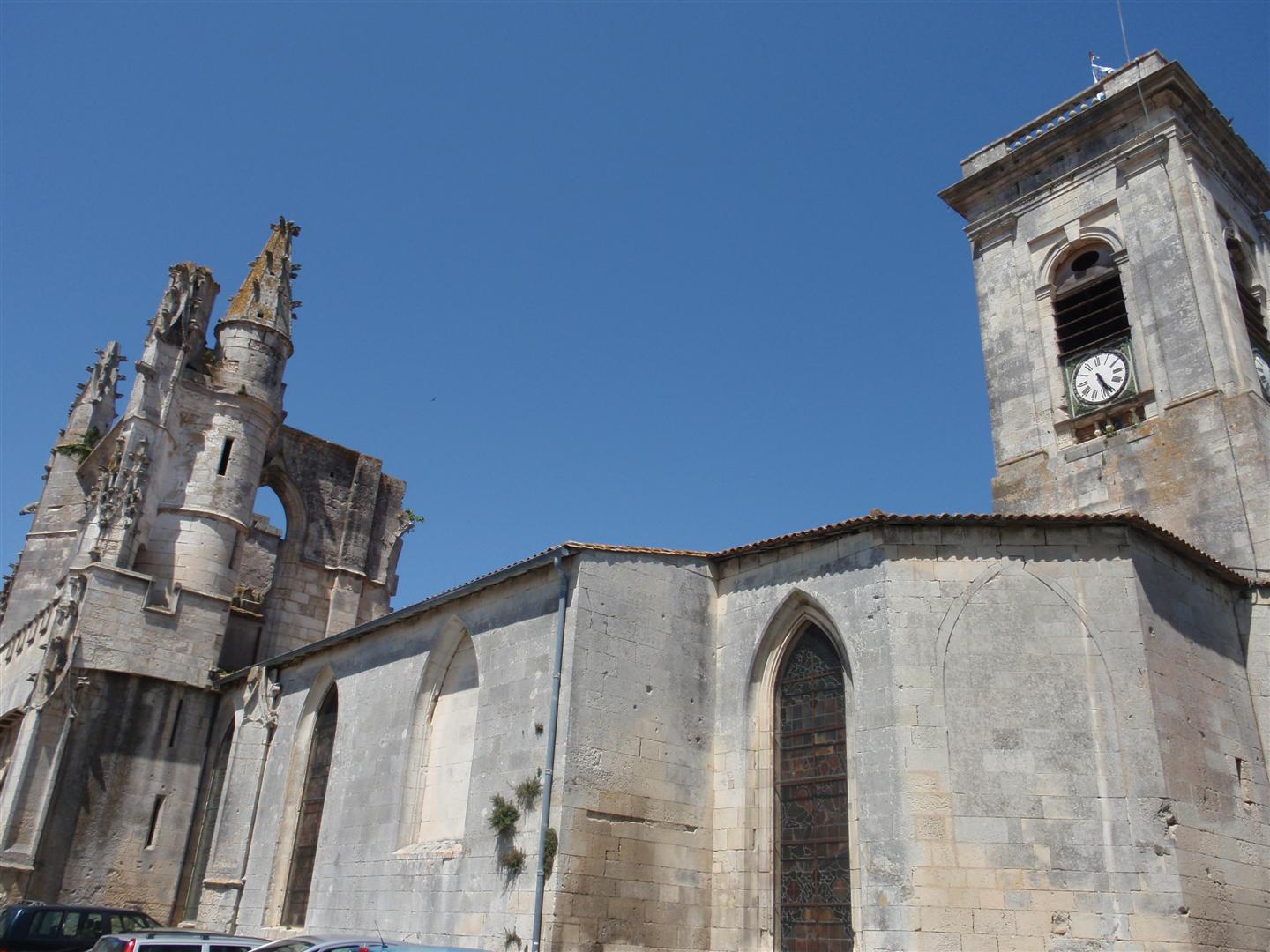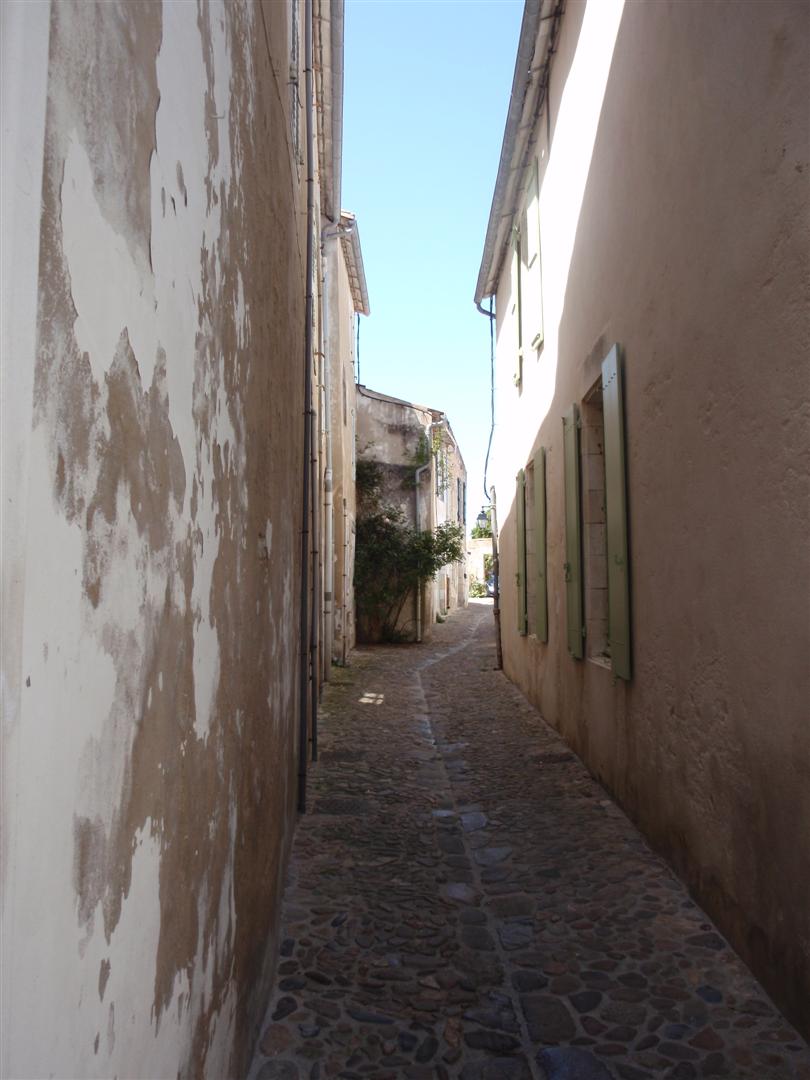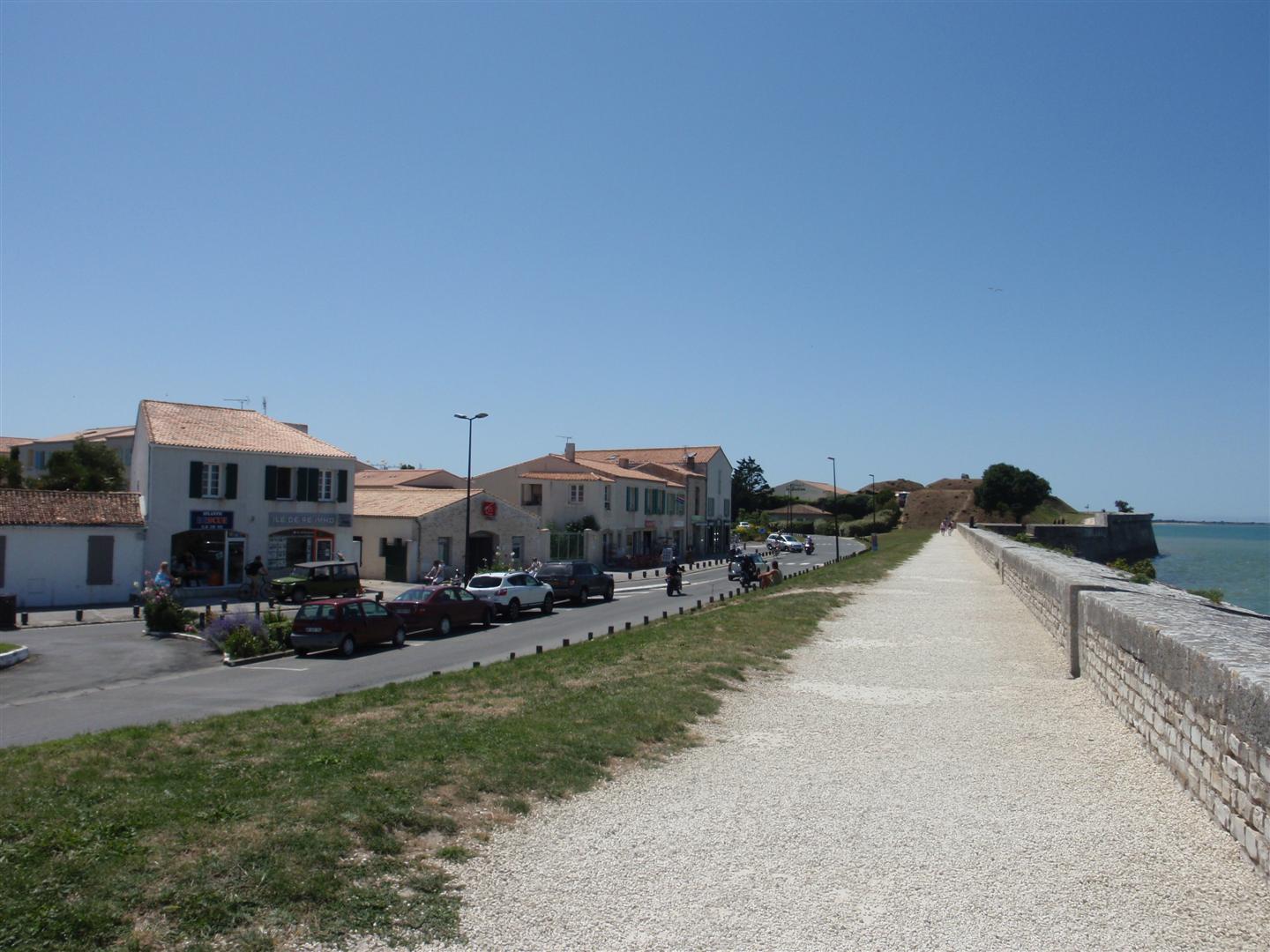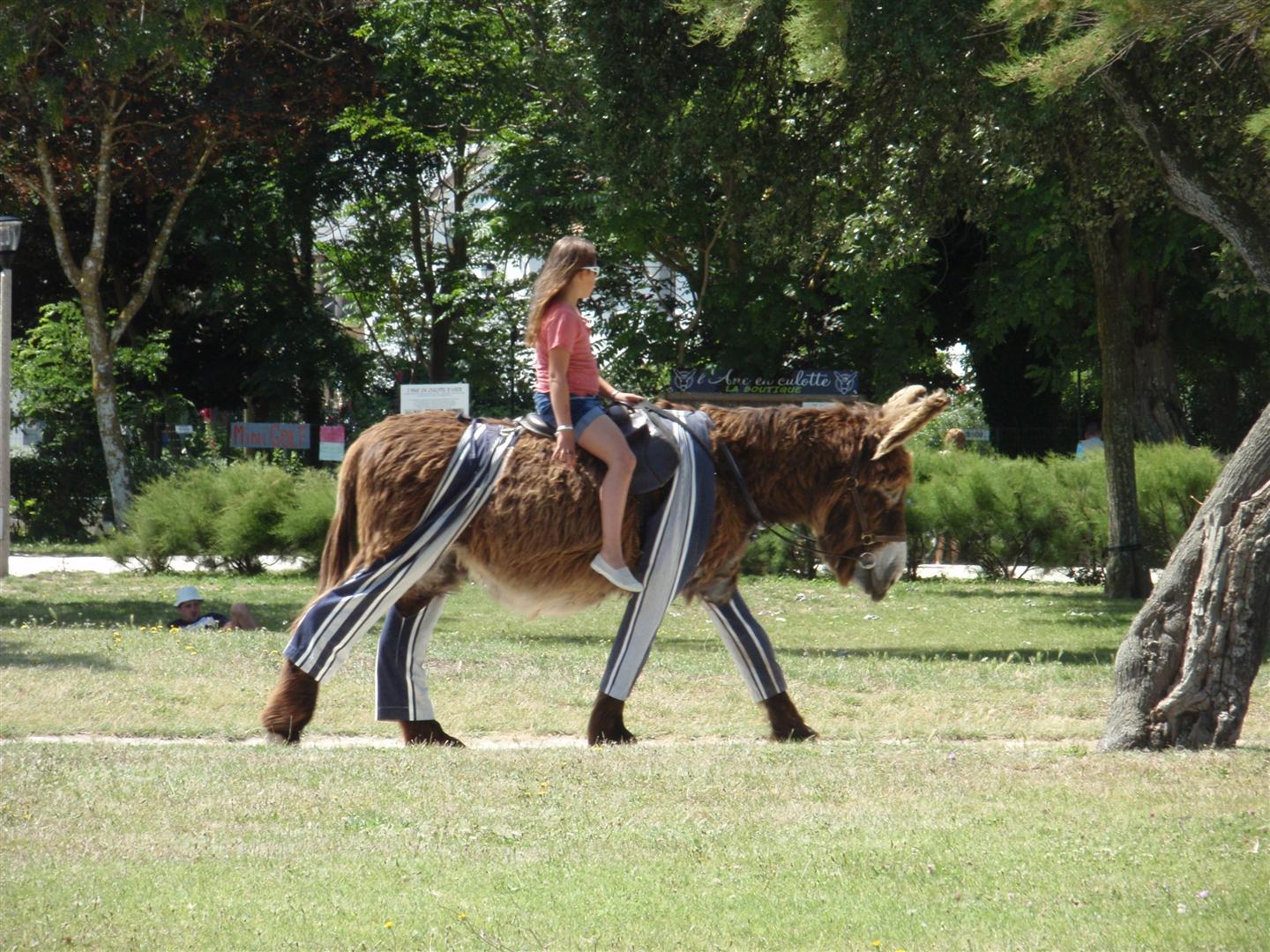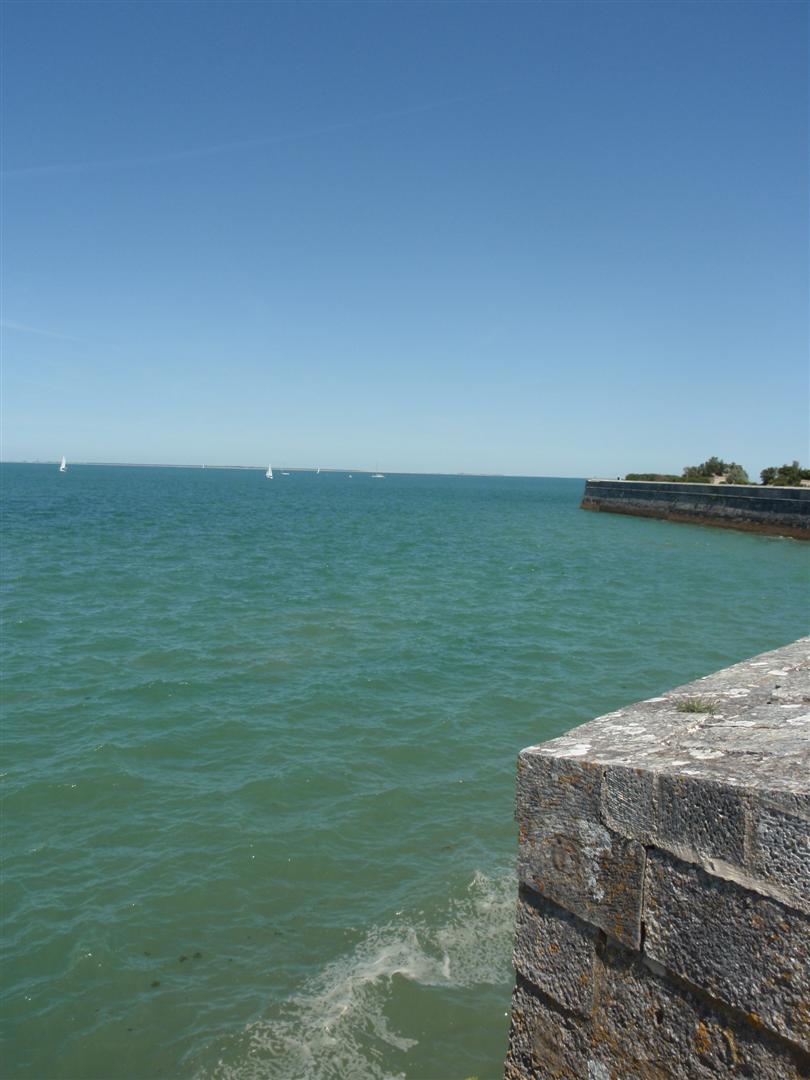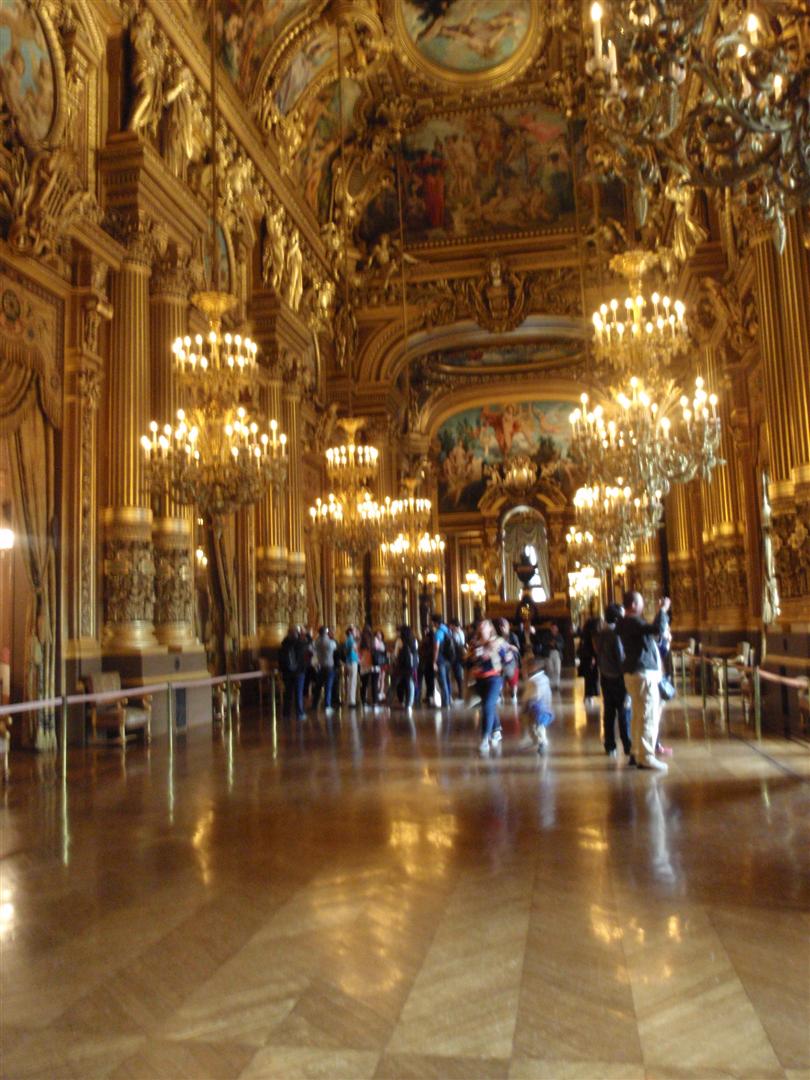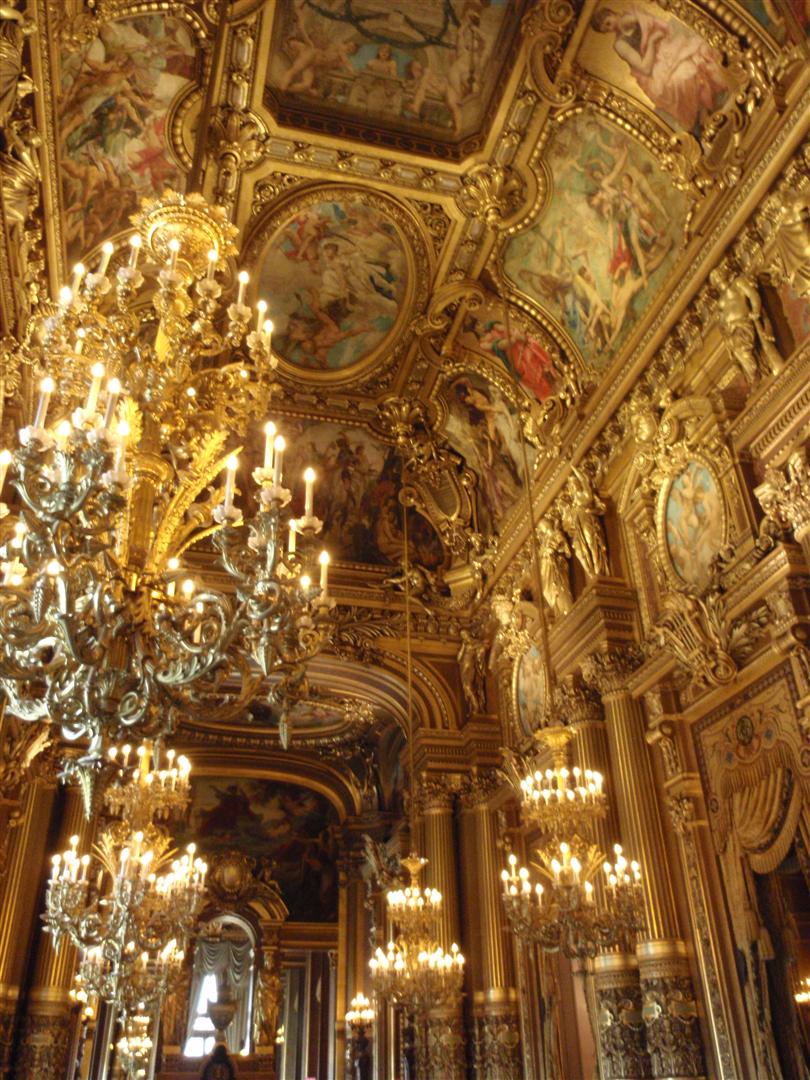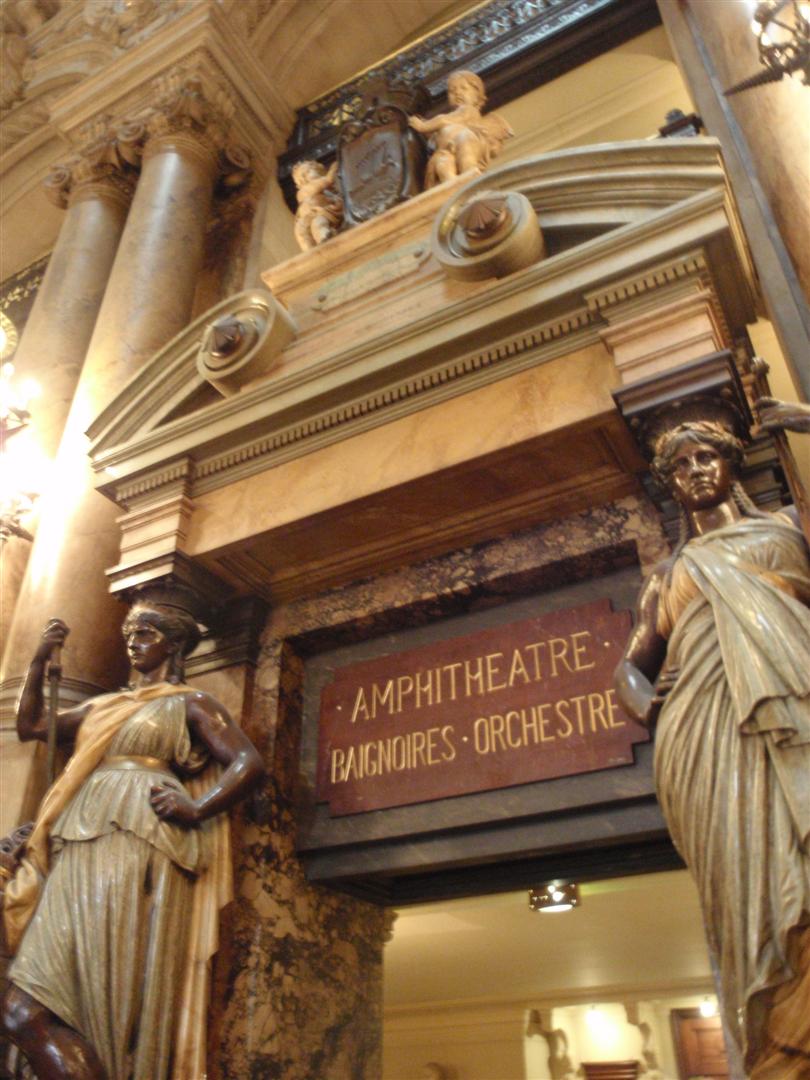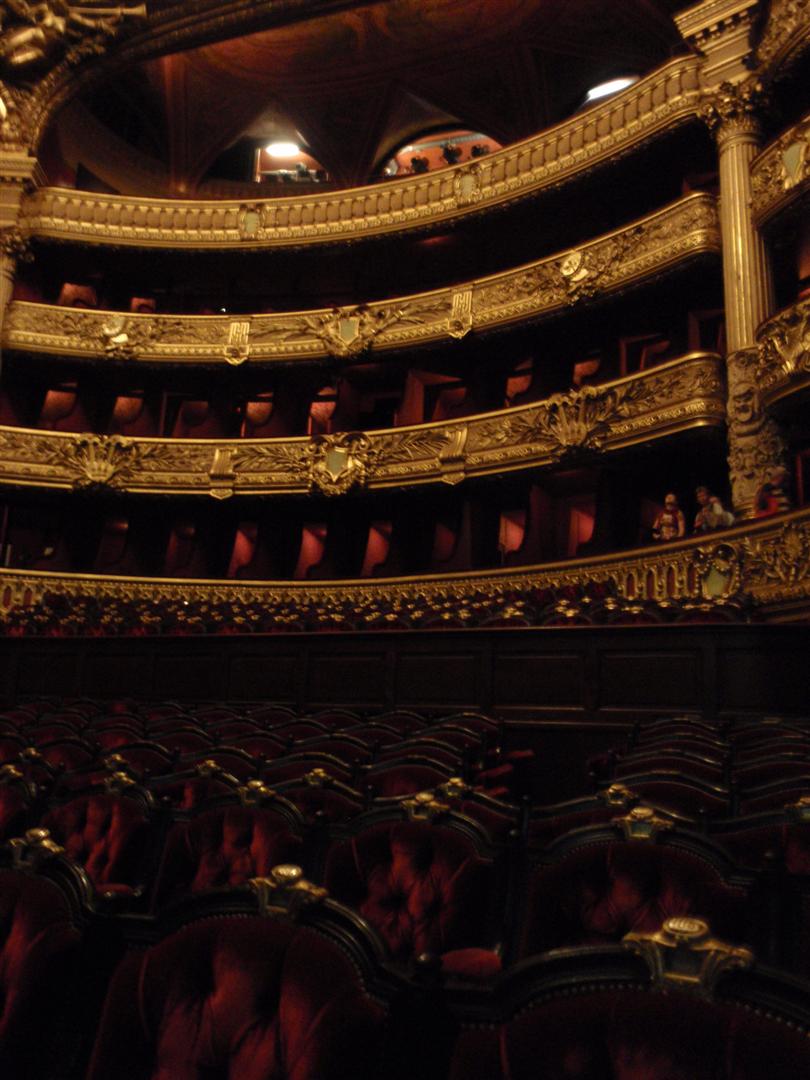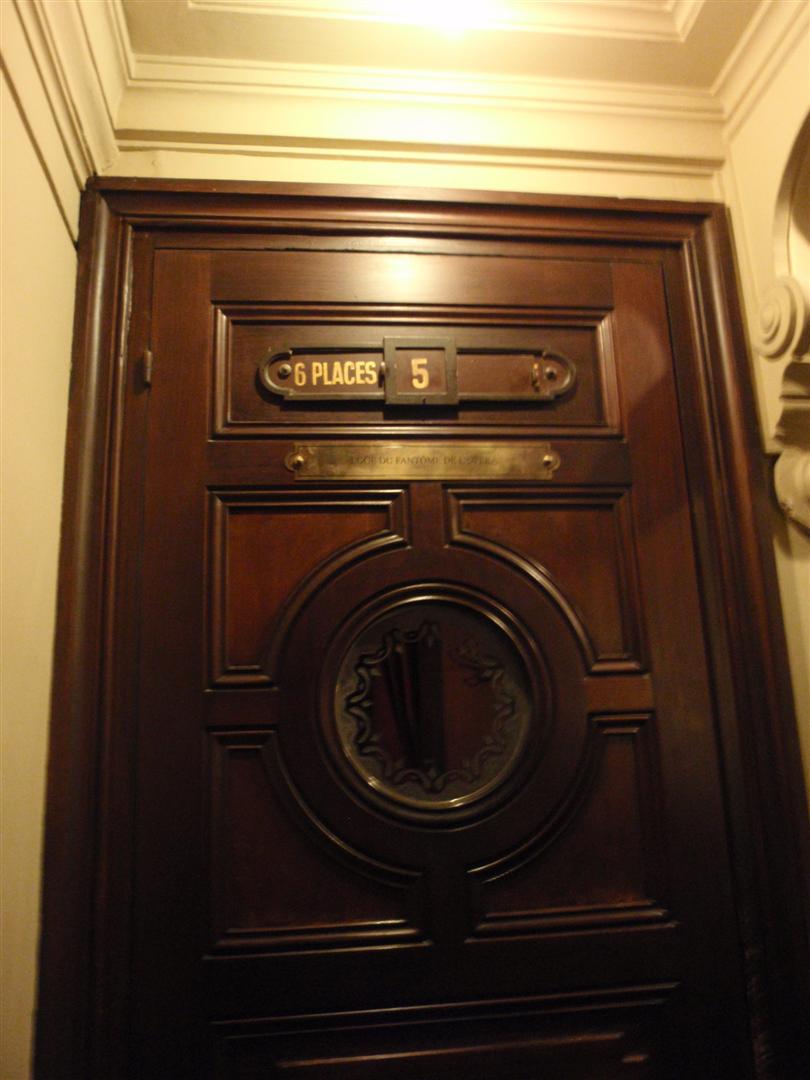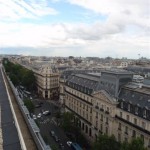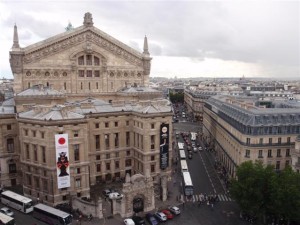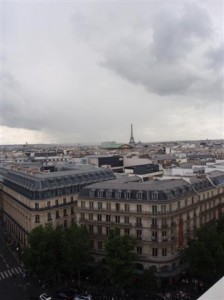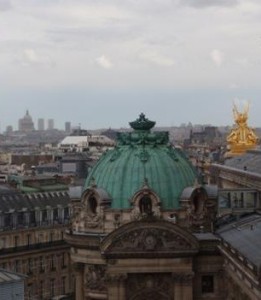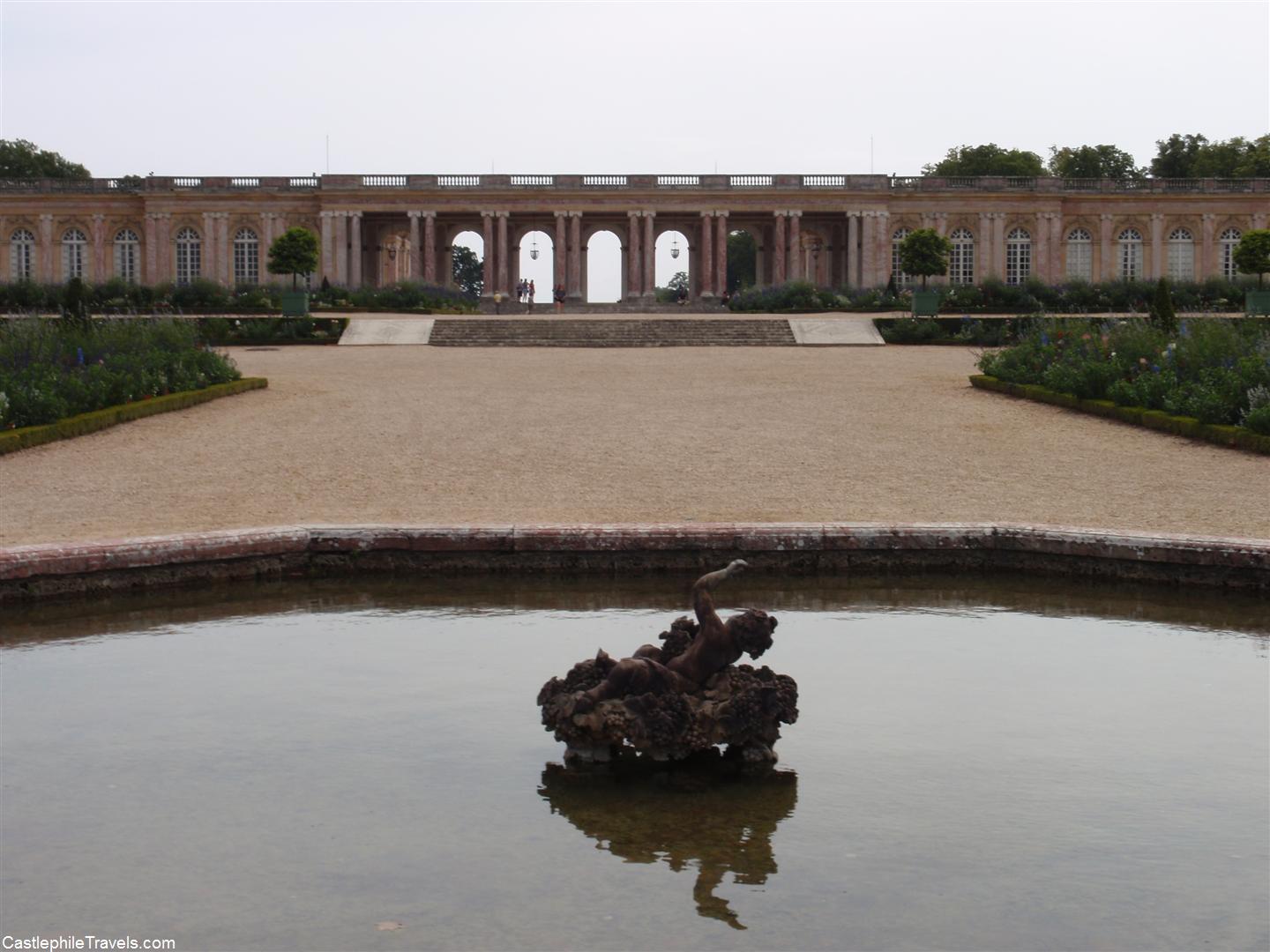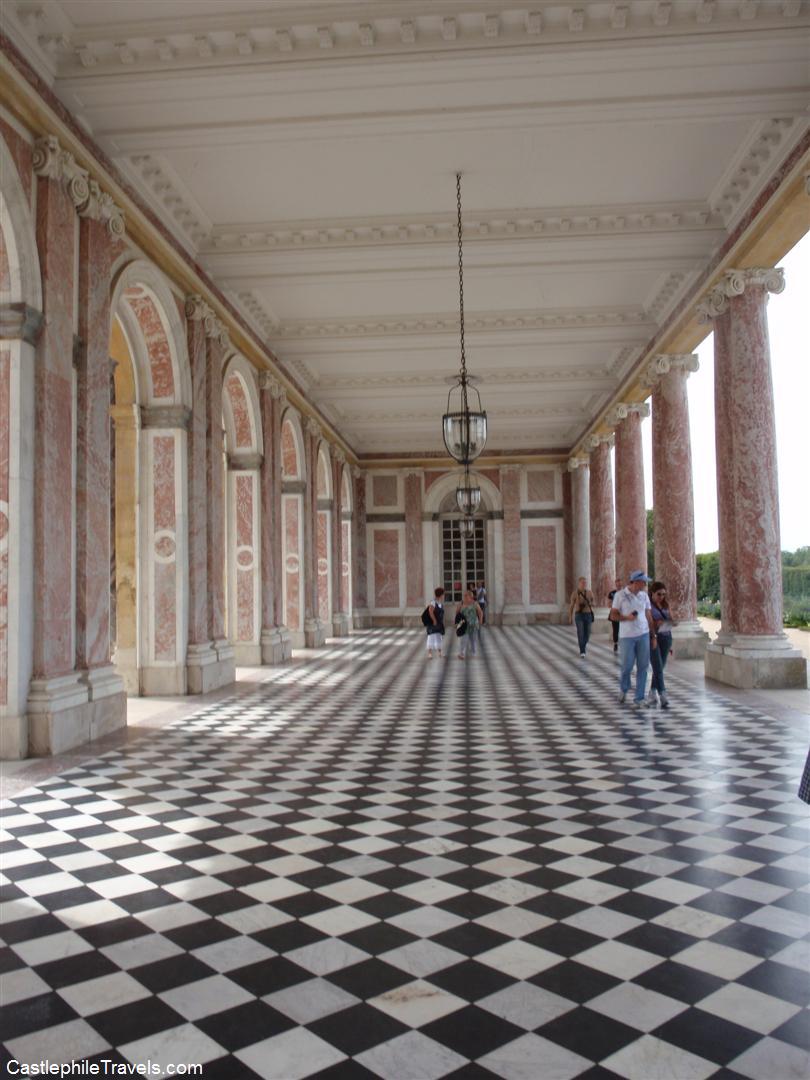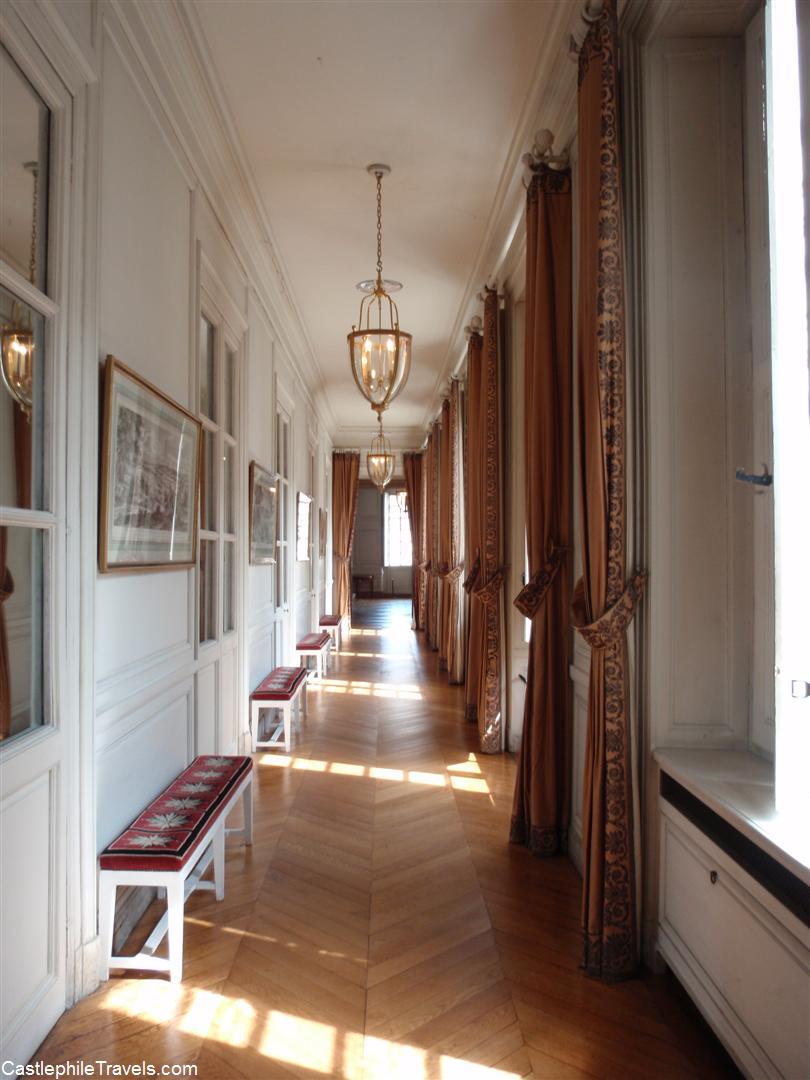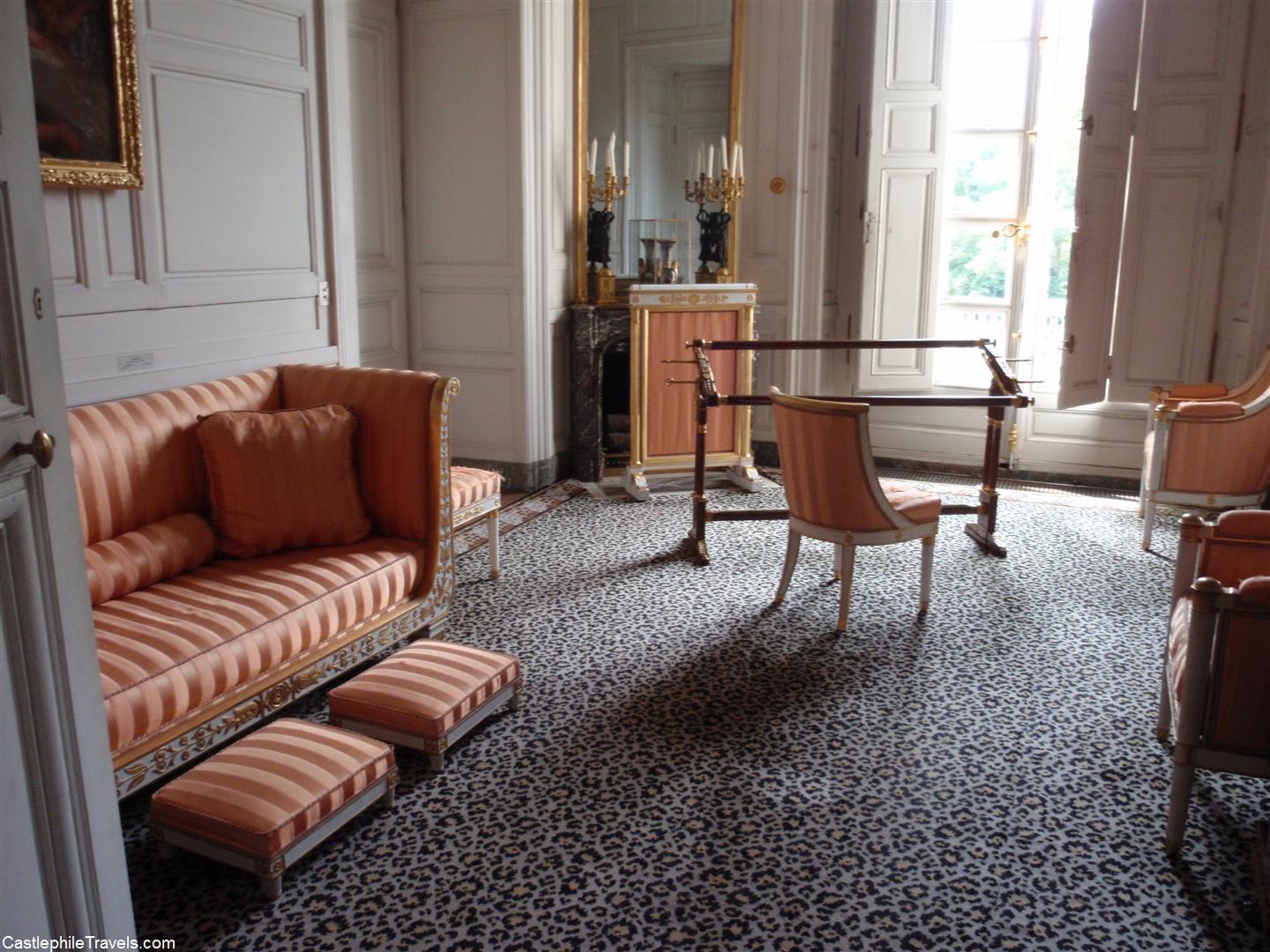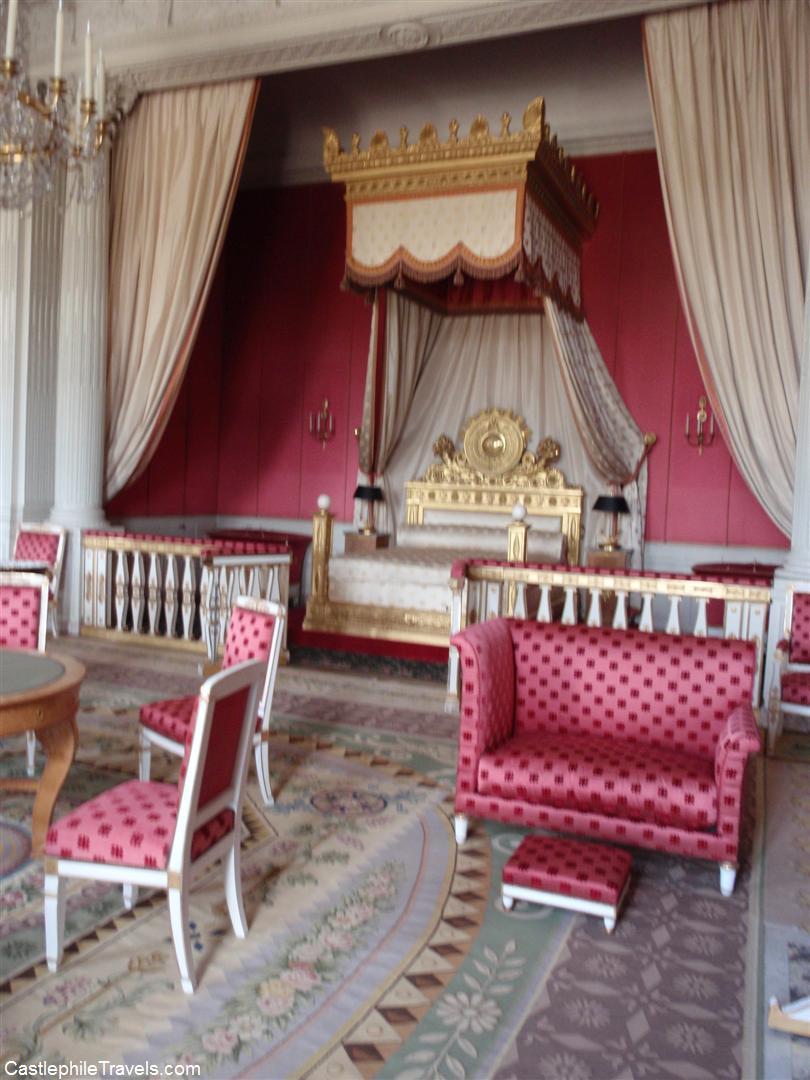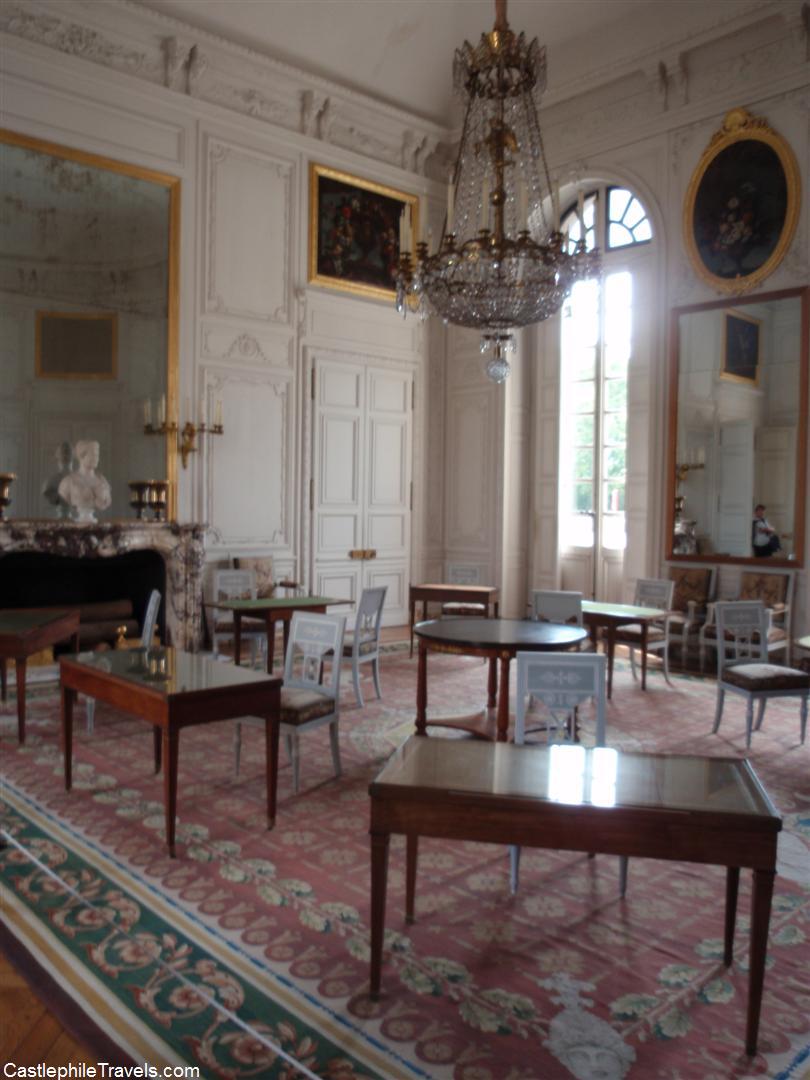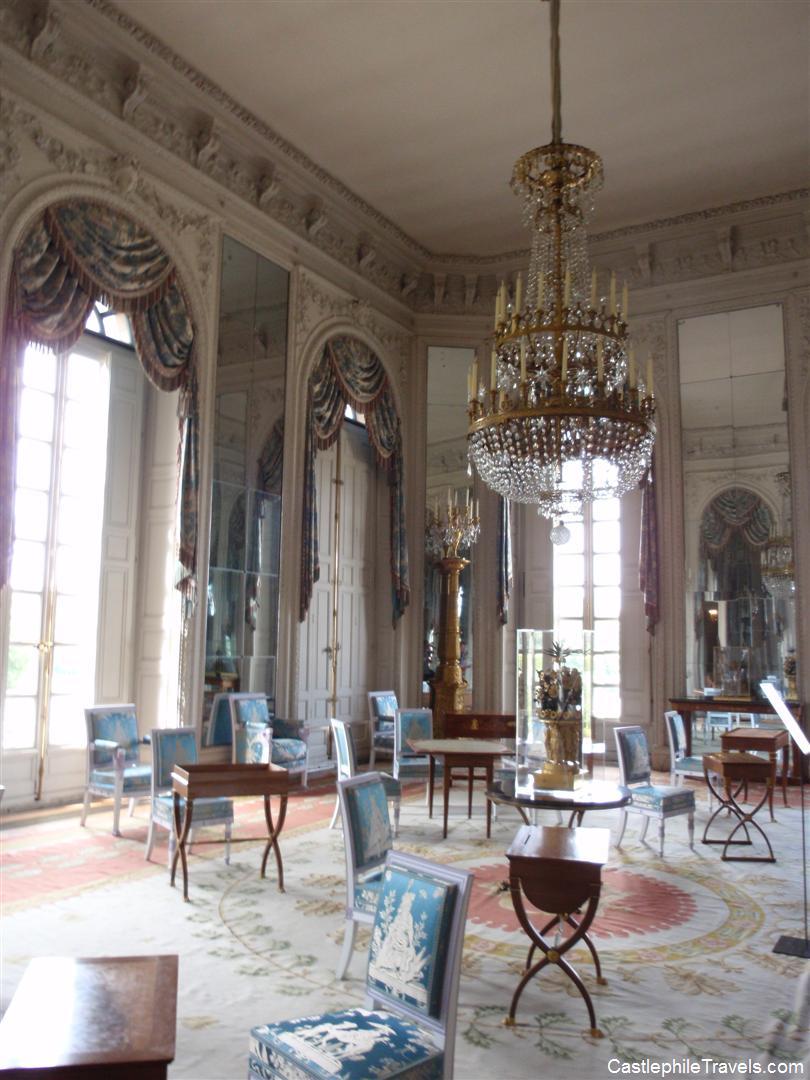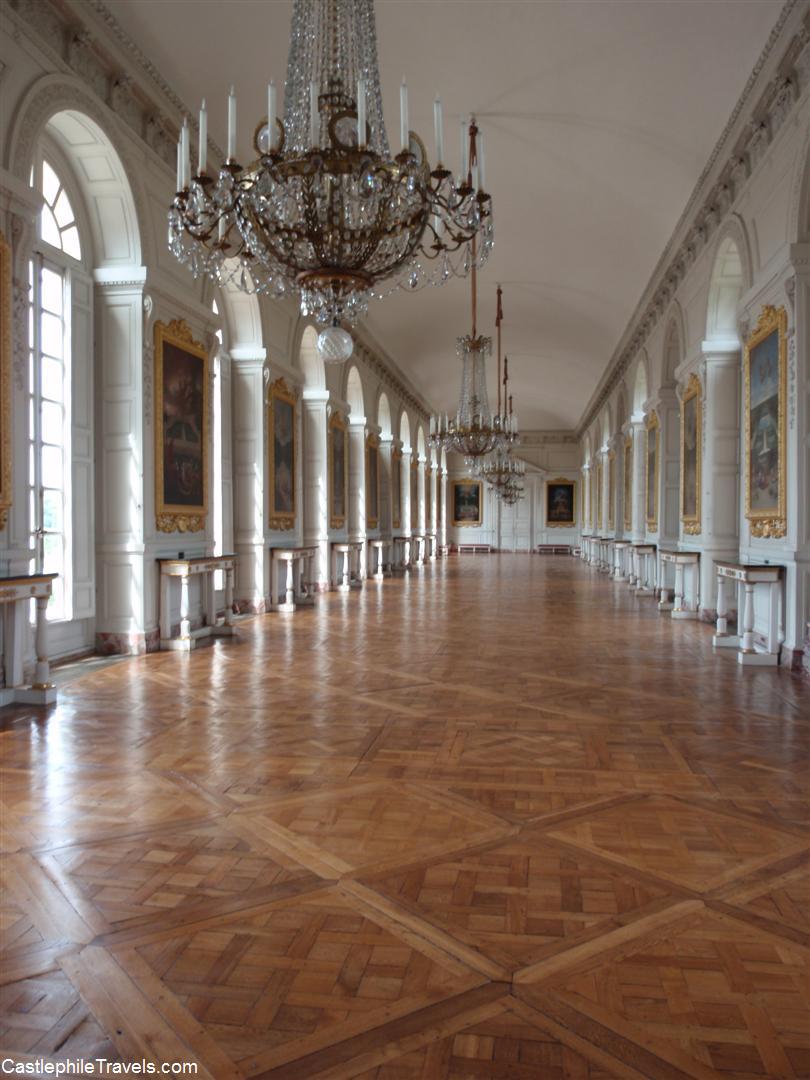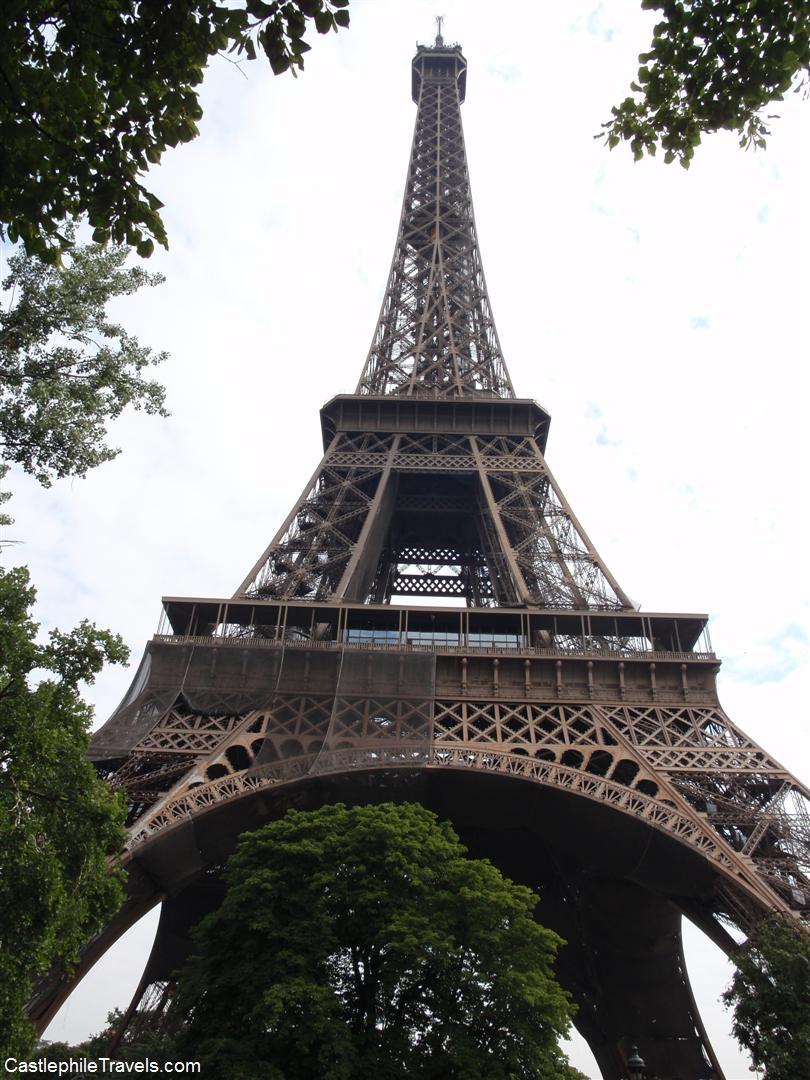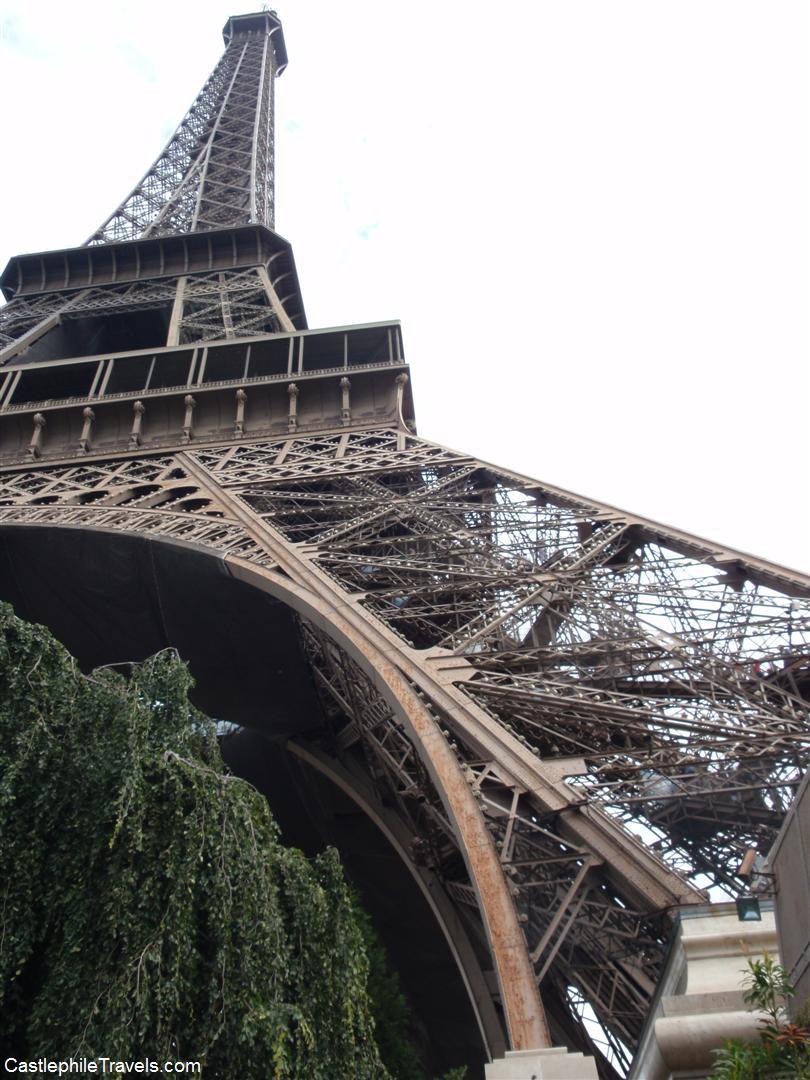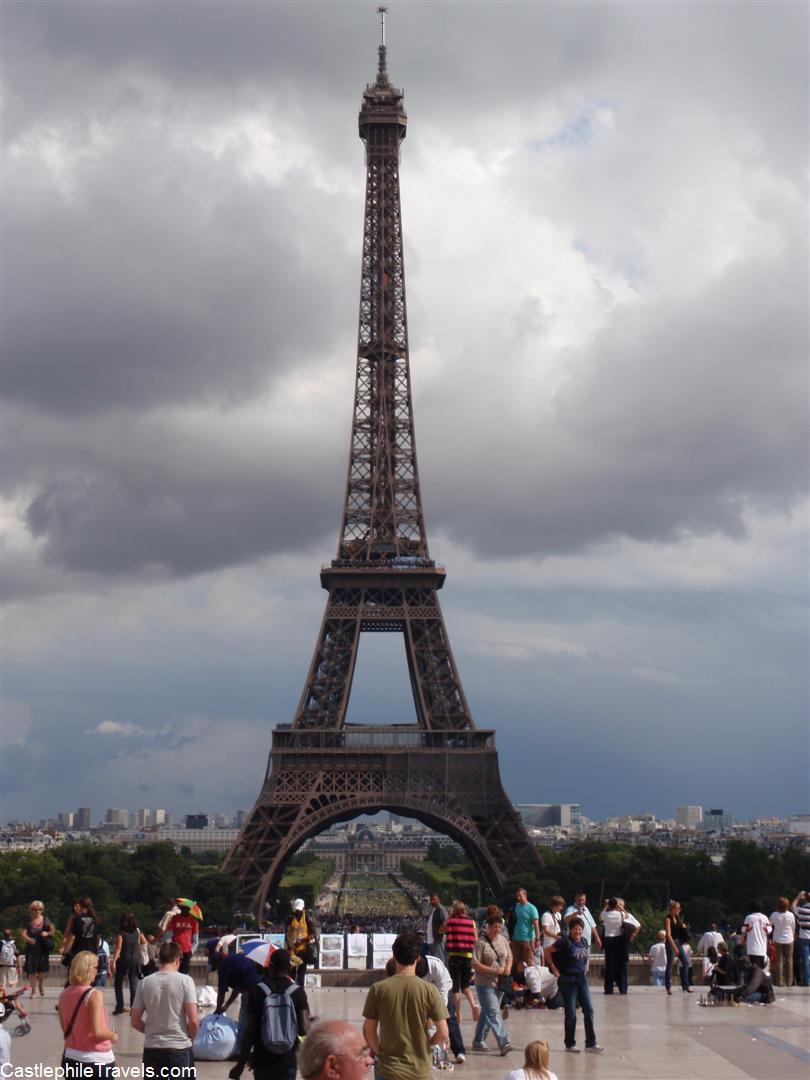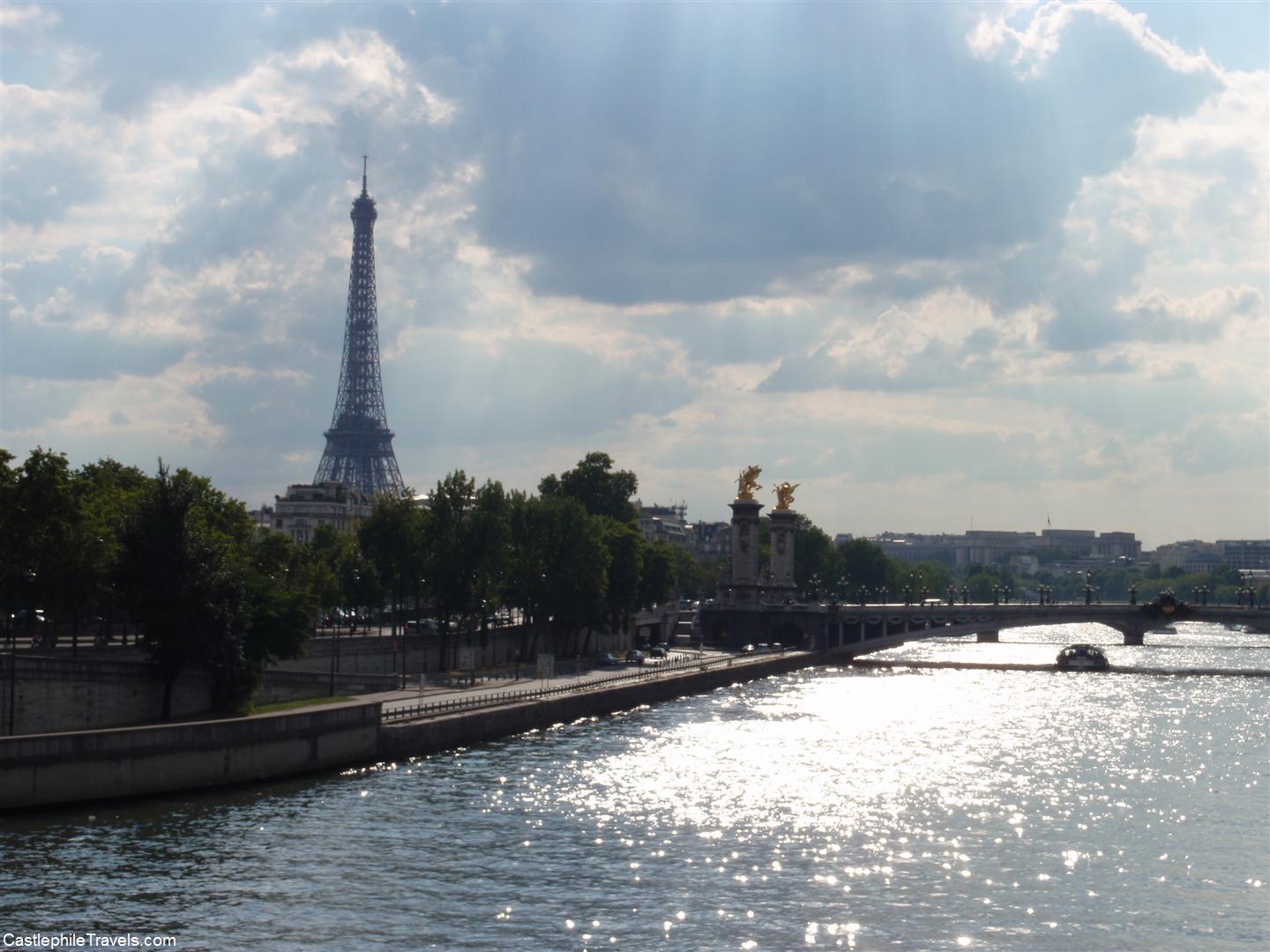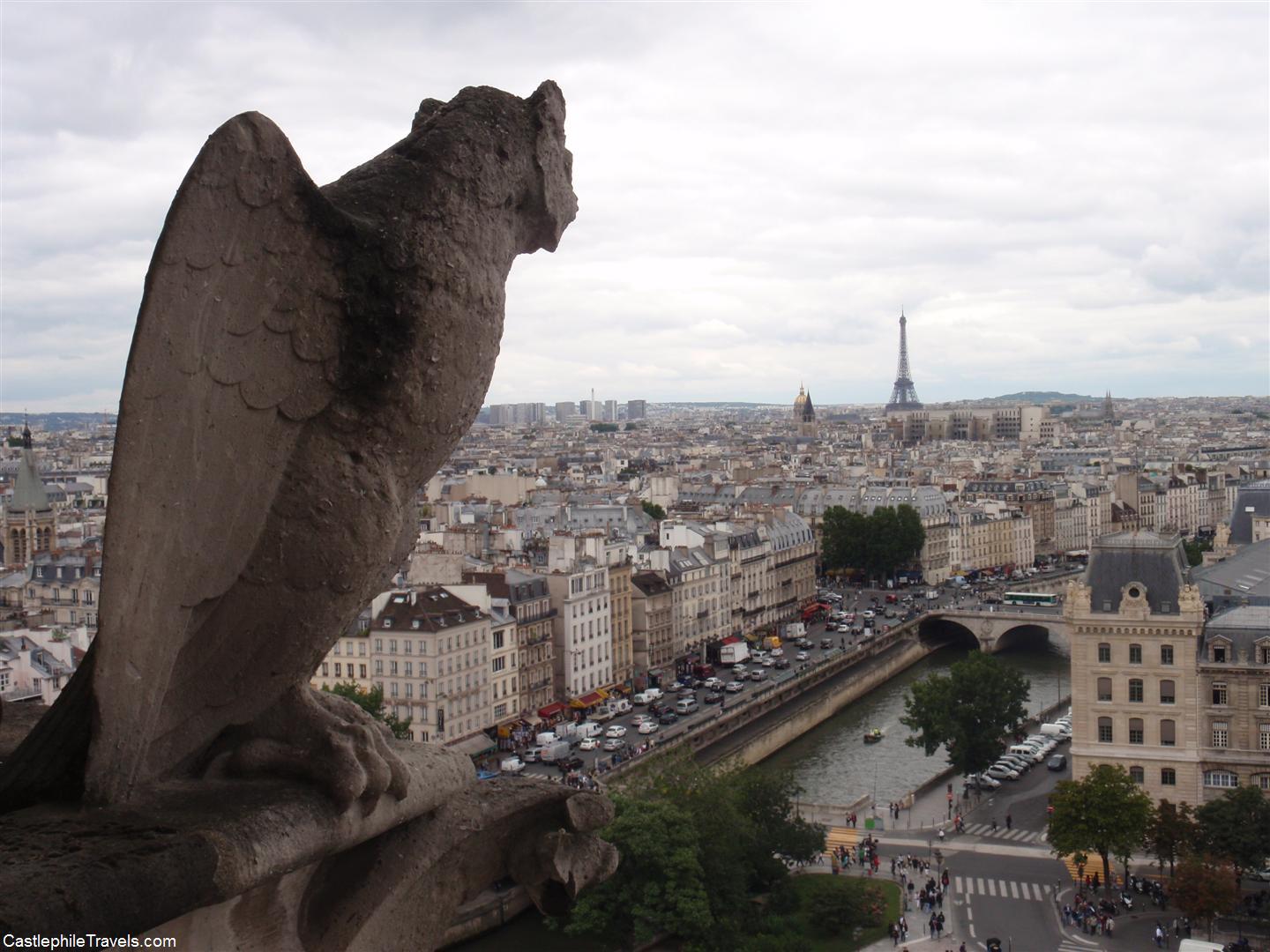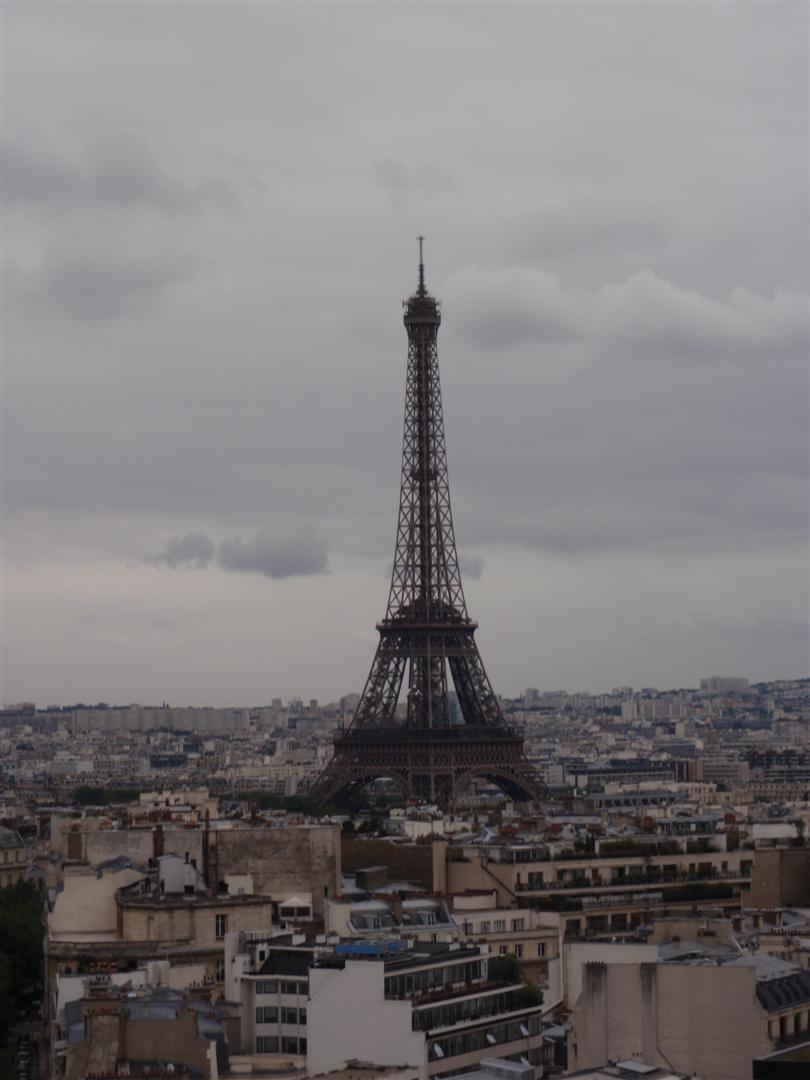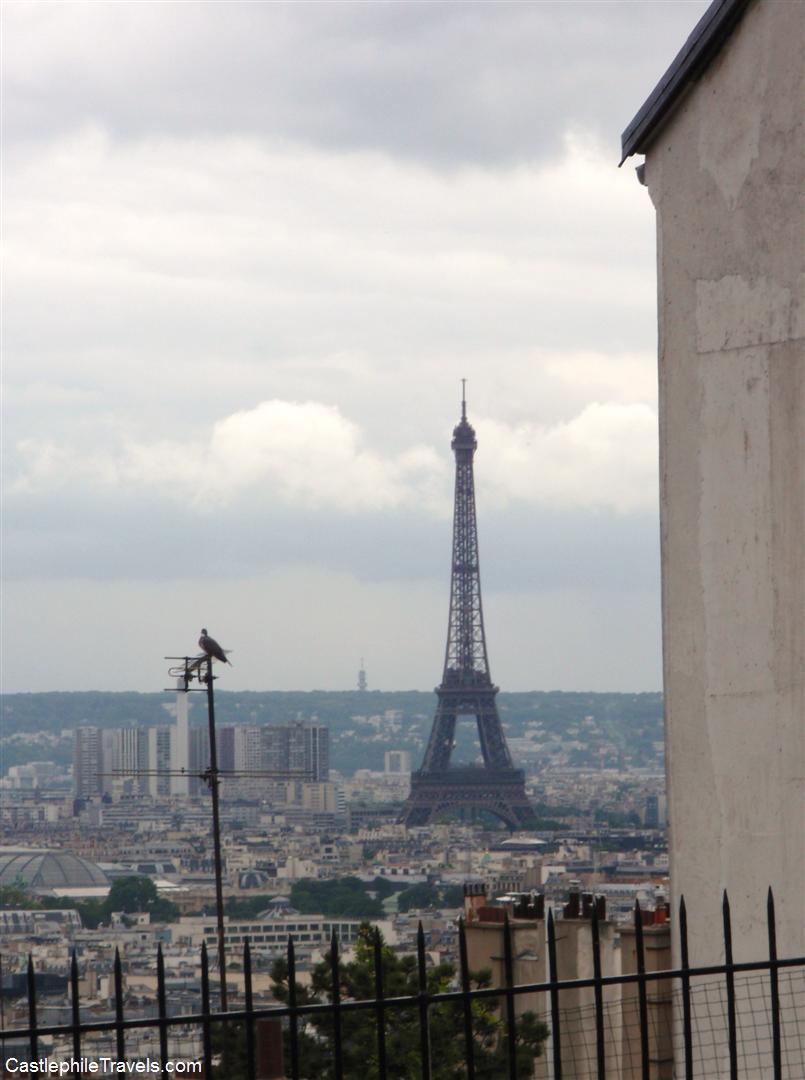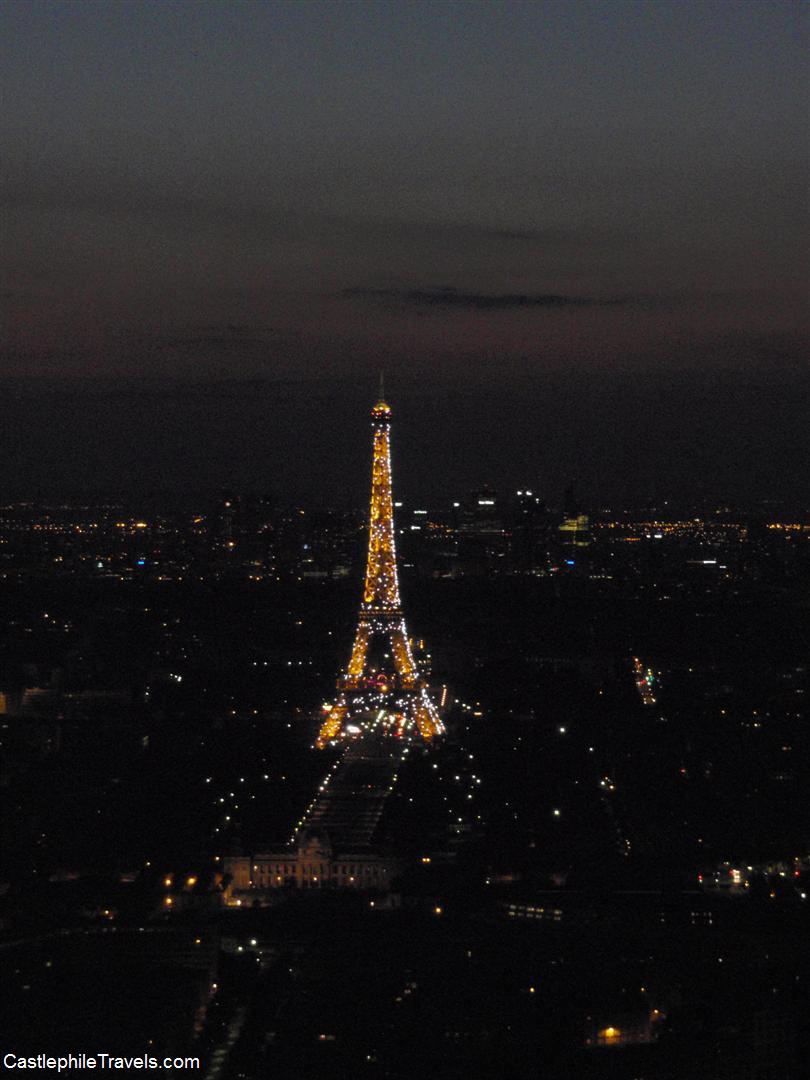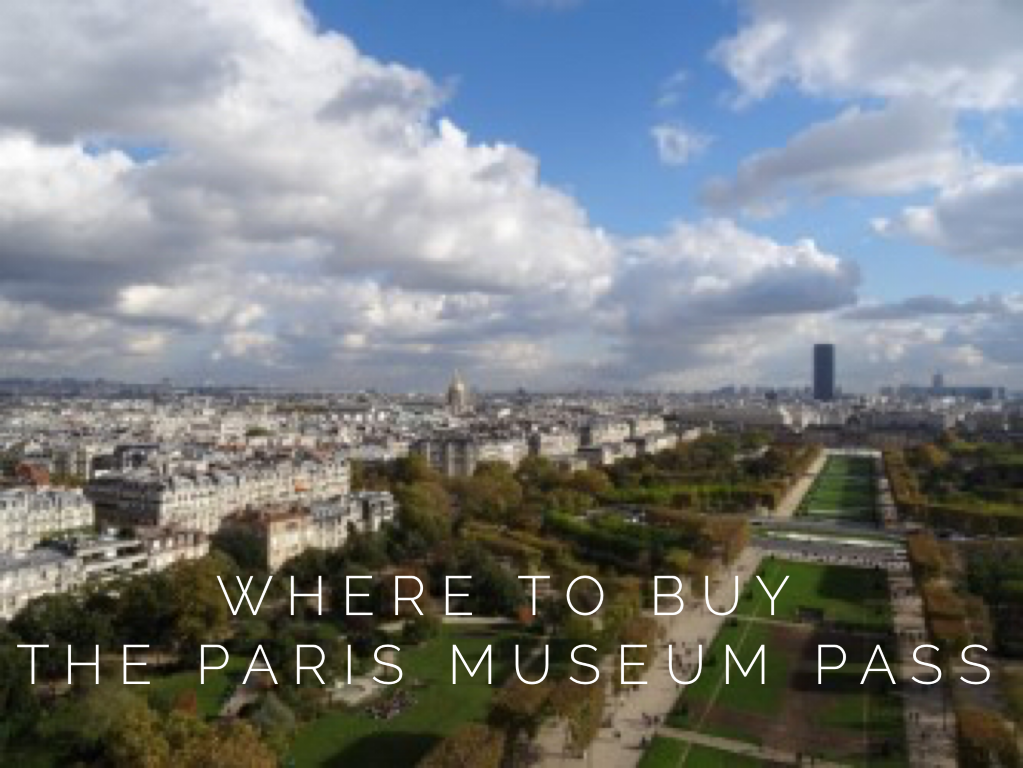
If you’re heading to the City of Light this July, you might have heard of the Paris Museum Pass – a multi-day pass giving you entry (and in some places the ability to bypass the queues) to more than sixty museums, art galleries, and monuments in and around Paris.
While you can buy it online, if you’re anything like me, you might not make up your mind about the Paris Museum Pass until after your plane has landed at Charles de Gaulle. If you find yourself in Paris before you’ve had a chance to order a pass online, should you rush out to get it? And where can you get your hands on one when you’re on the ground in Paris?
Is the Paris Museum Pass worth it?
Before buying the Pass, make sure you will get value for money. If you’re not going to save money by getting the Pass, then perhaps buying tickets at each of the museums that you visit is a better option for you. For a guide on how I spent my time in Paris using a four-day Museum Pass, see the following posts:
- Paris Museum Pass Challenge: Day 1 – Versailles
- Paris Museum Pass Challenge: Day 2 – The Museums
- Paris Museum Pass Challenge: Day 3 – The Arc de Triomphe
- Paris Museum Pass Challenge: Day 4 – Rodin, the Orangerie and the Palais de la decouverte
Where can I buy the Paris Museum Pass?
You can buy the Paris Museum Pass online, or according to the Paris Museum Pass website it can be bought at the ticket desk of most museums.
I have purchased the Paris Museum Pass twice, and both times I waited until I was in Paris. I have bought it from:
- From the tourist information stand in front of Notre Dame de Paris. In July 2012 I purchased a Paris Museum Pass from a tourist information stand outside of the Cathedral of Notre Dame de Paris. The stand might only be set up during the peak tourist season – when I returned to Paris in November it wasn’t there.
- From the Museum’s membership centre on the Allée du Grand Louvre. We tried buying a pass from the Louvre ticket desk, and they sent us to the membership centre, in between the large pyramid and the Galerie du Carrousel arcade. They also offer Friends of the Louvre memberships here, if you think you’ll come back to the Louvre often.
Have you bought the Paris Museum Pass? Where did you buy it from? Did you think it was worth it? Let us know in the comments!

